Tom's Hardware Verdict
The Corsair CX750M (2021) uses an older design to lower the cost, offering decent performance and increased reliability.
Pros
- +
Full power at 47 degrees Celsius
- +
Good overall performance
- +
Properly set protection features
- +
Decent efficiency
- +
Not noisy under normal operating conditions
- +
Efficient 5VSB rail
- +
Good build quality
- +
Low inrush current with 115V
- +
Tight enough load regulation at 5V
- +
Two EPS and four PCIe connectors
- +
Rifle bearing fan
- +
Compatible with the alternative sleep mode
- +
Compact dimensions
- +
5-year warranty
Cons
- -
Stiff competition at this price
- -
Short hold-up time
- -
High inrush current with 230V
- -
Lacks a bypass relay for the NTC thermistor
- -
Increased noise under stressful conditions
- -
Small distance between connectors
Why you can trust Tom's Hardware
The budget 750W category is challenging, with several worthy options like the XPG Pylon 750, the Thermaltake Smart BM2 750, and the Cooler Master MWE Bronze 750. The Corsair CX750M stacks well against the competition, but it cannot lead the pack, so even if we had a budget 750W category in our best PSUs article, it wouldn't be our top choice, but an alternative one.
Corsair revamped its popular CX-M line in 2021, but so far, we didn't have the chance to review any of these units. Like the last line, the new one includes four members with capacities ranging from 450W to 750W. All use a semi-modular cable design, and although someone would expect that their platforms are inferior to the non-modular CX models, it is the other way around. The CX units use more modern platforms provided by CWT and Great Wall, while the CX-M units use a simple design by CWT to suppress production cost.
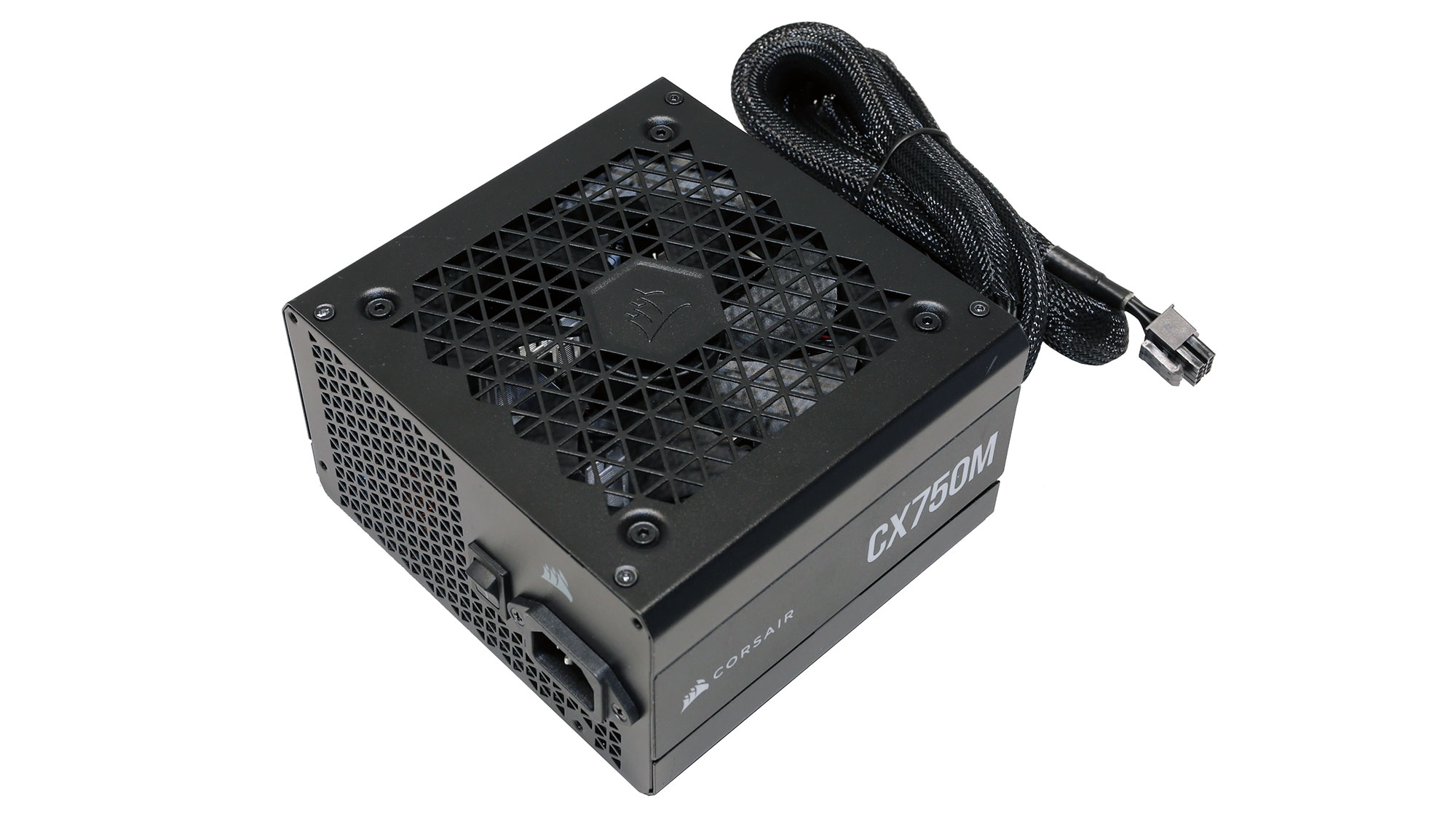
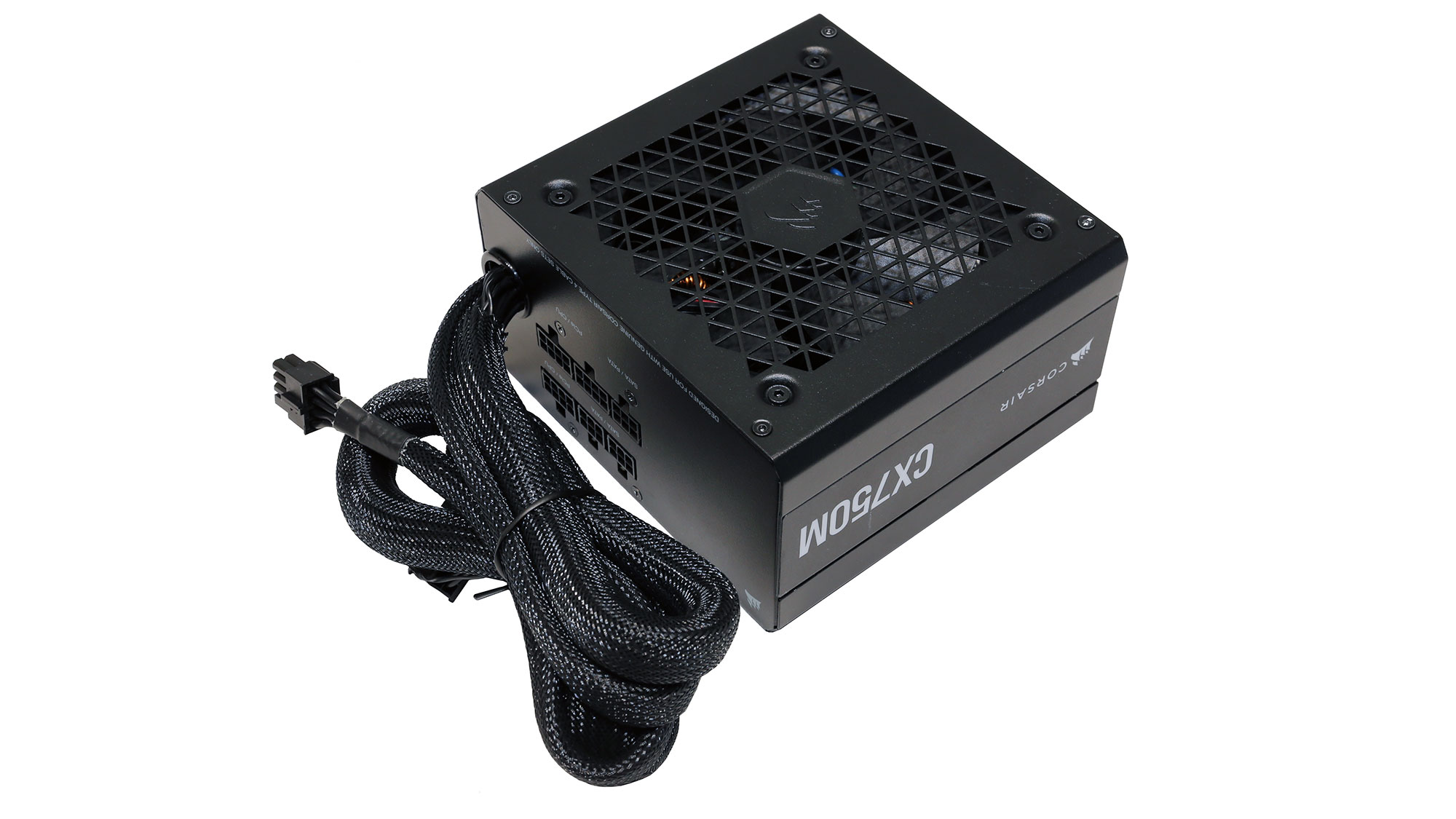
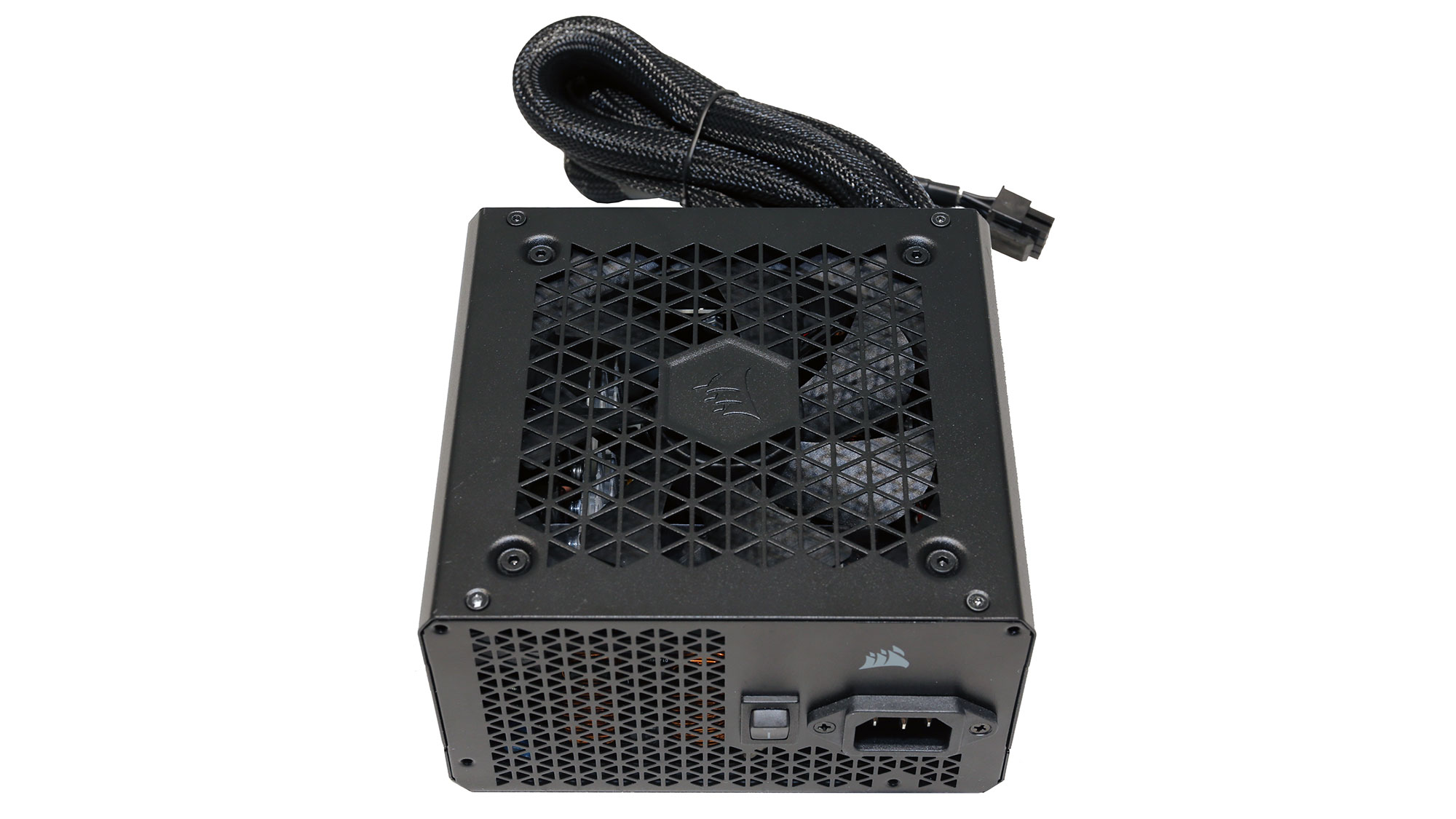

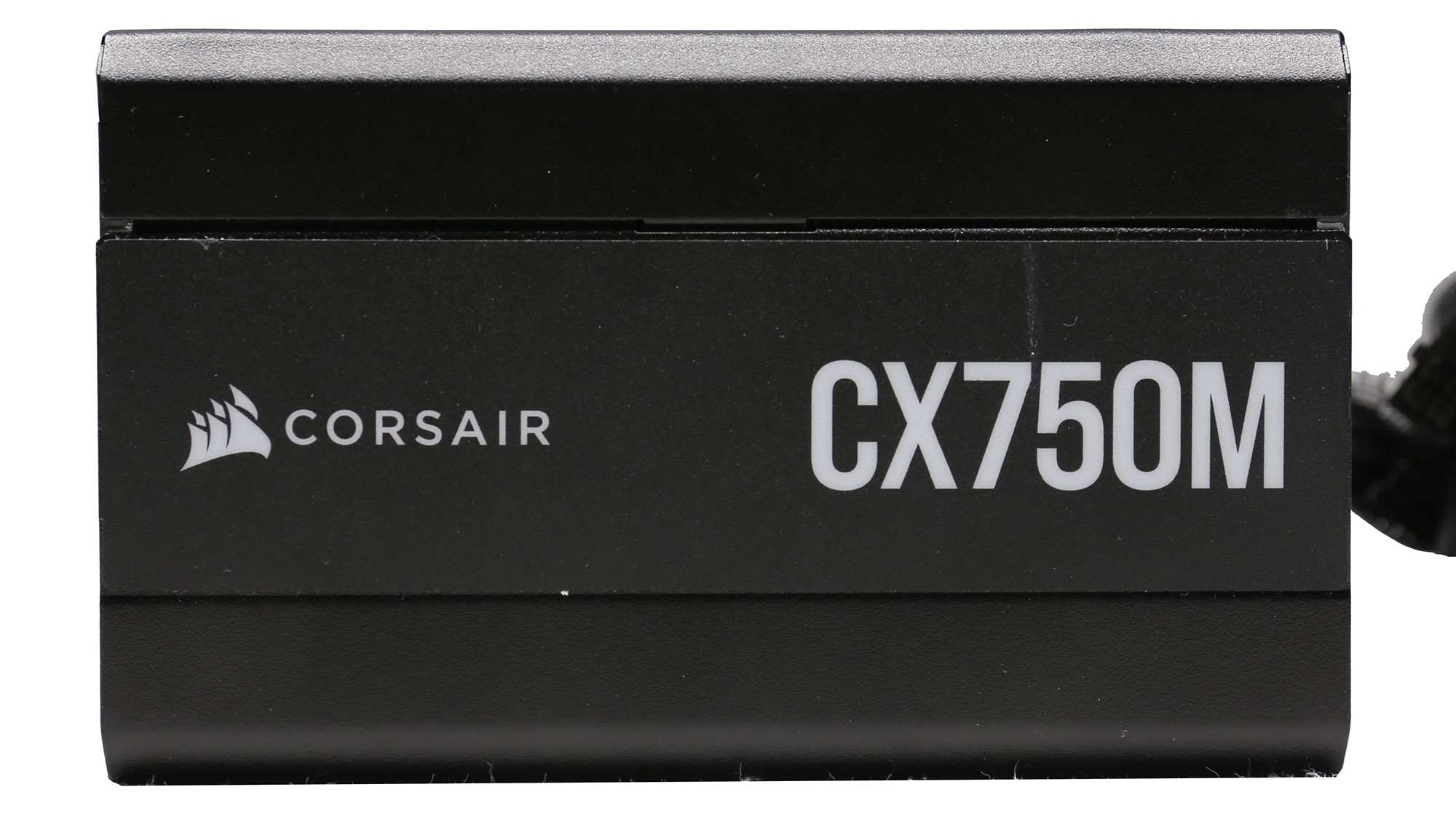
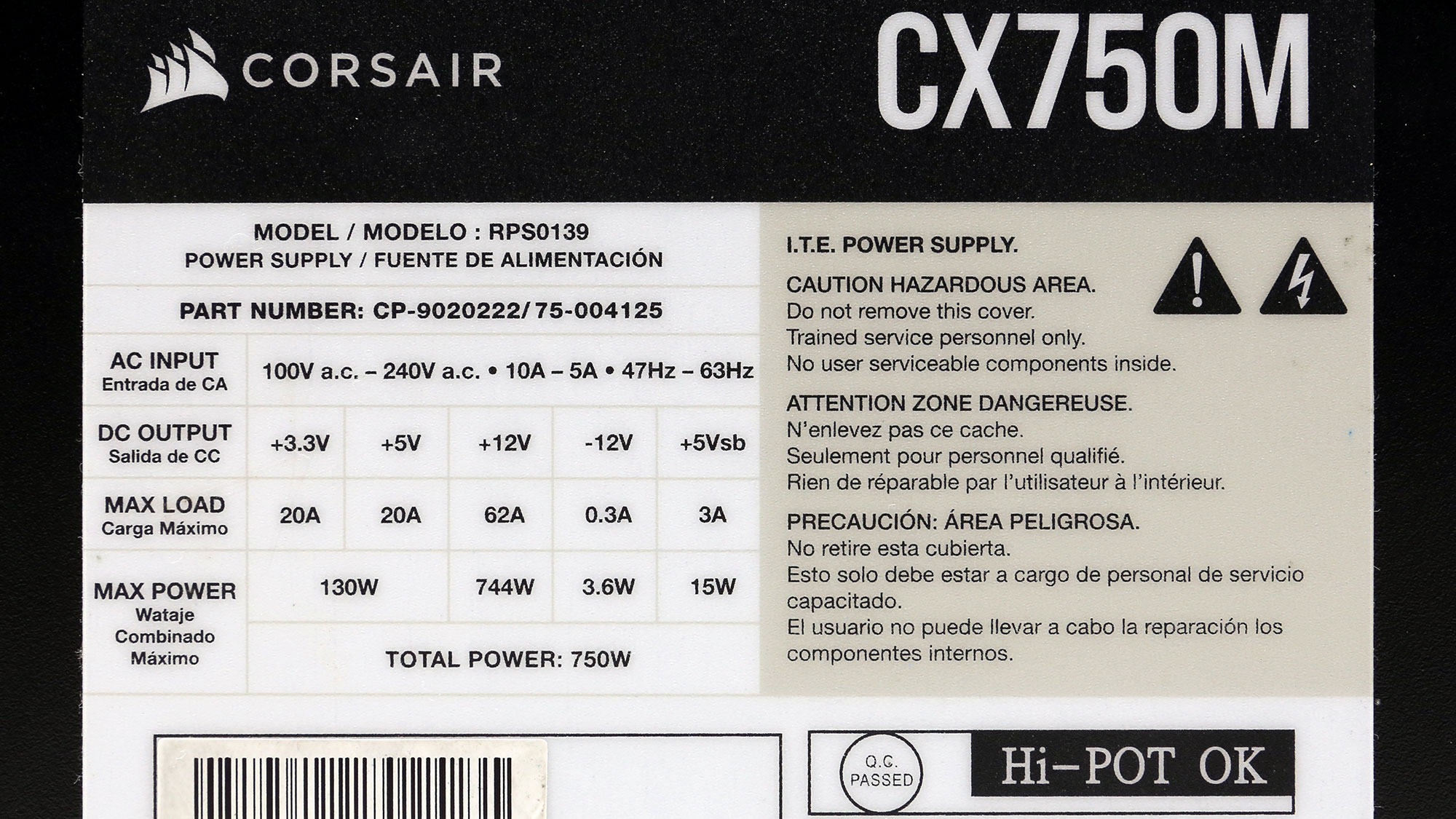
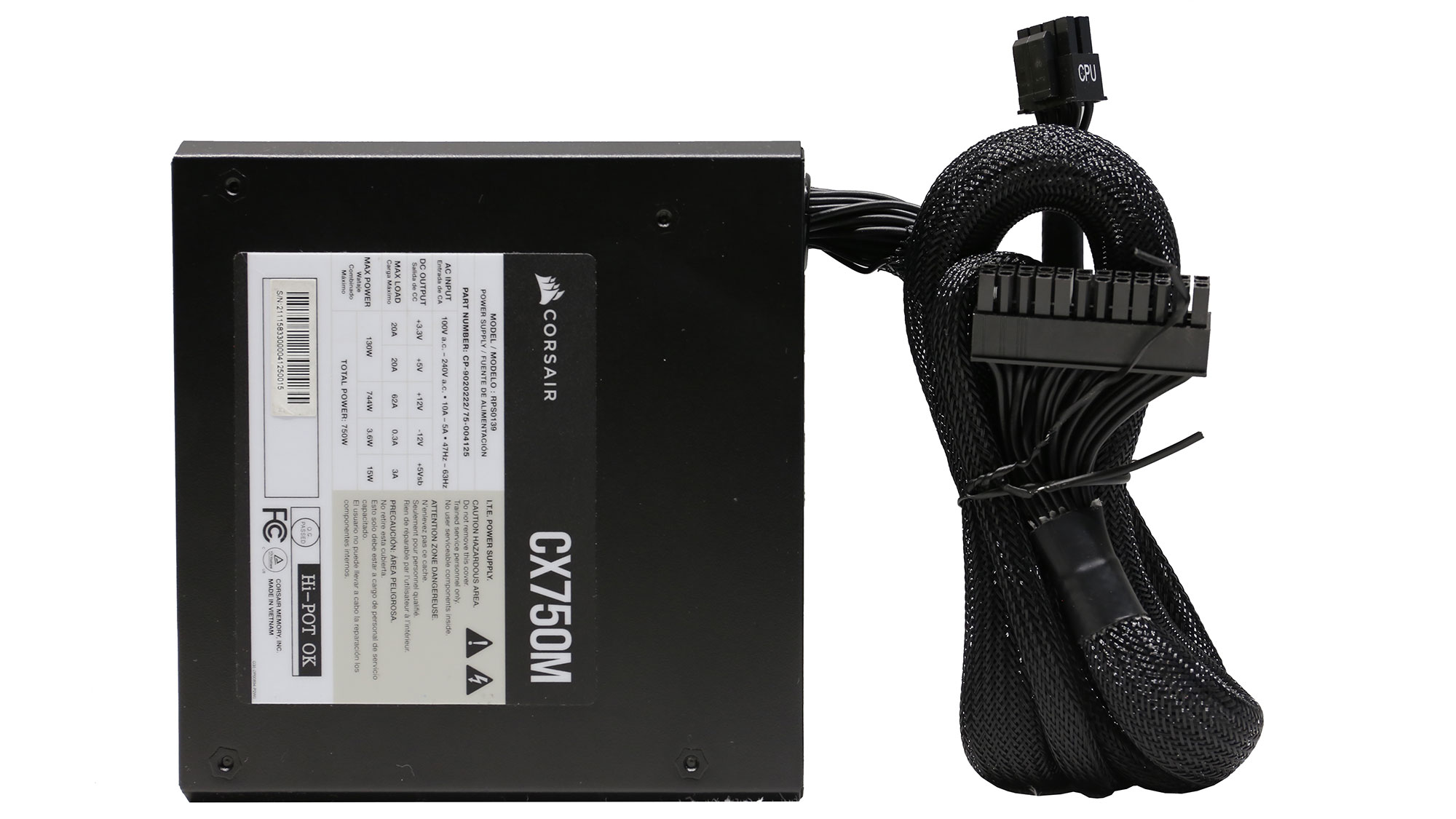
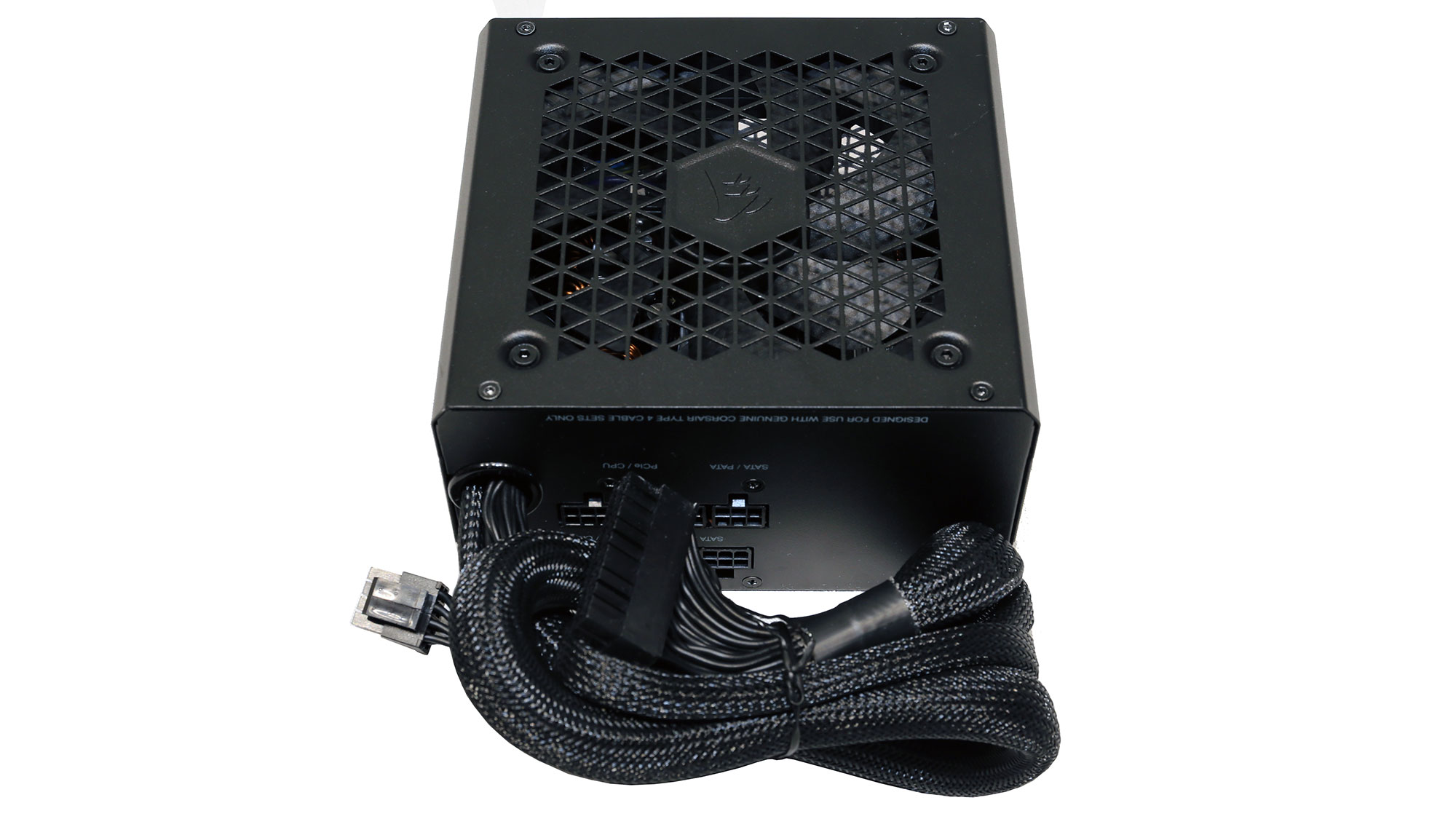
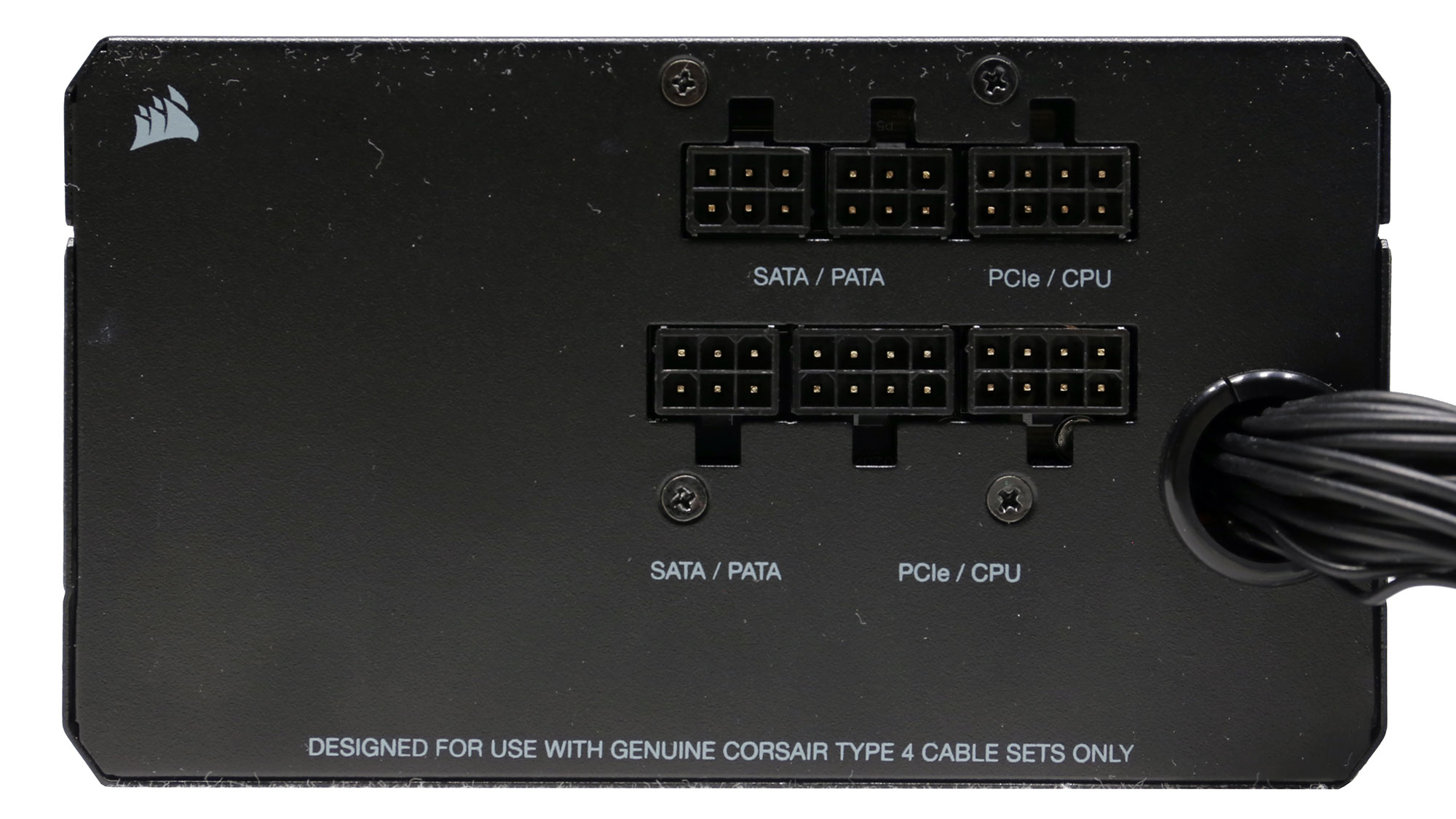

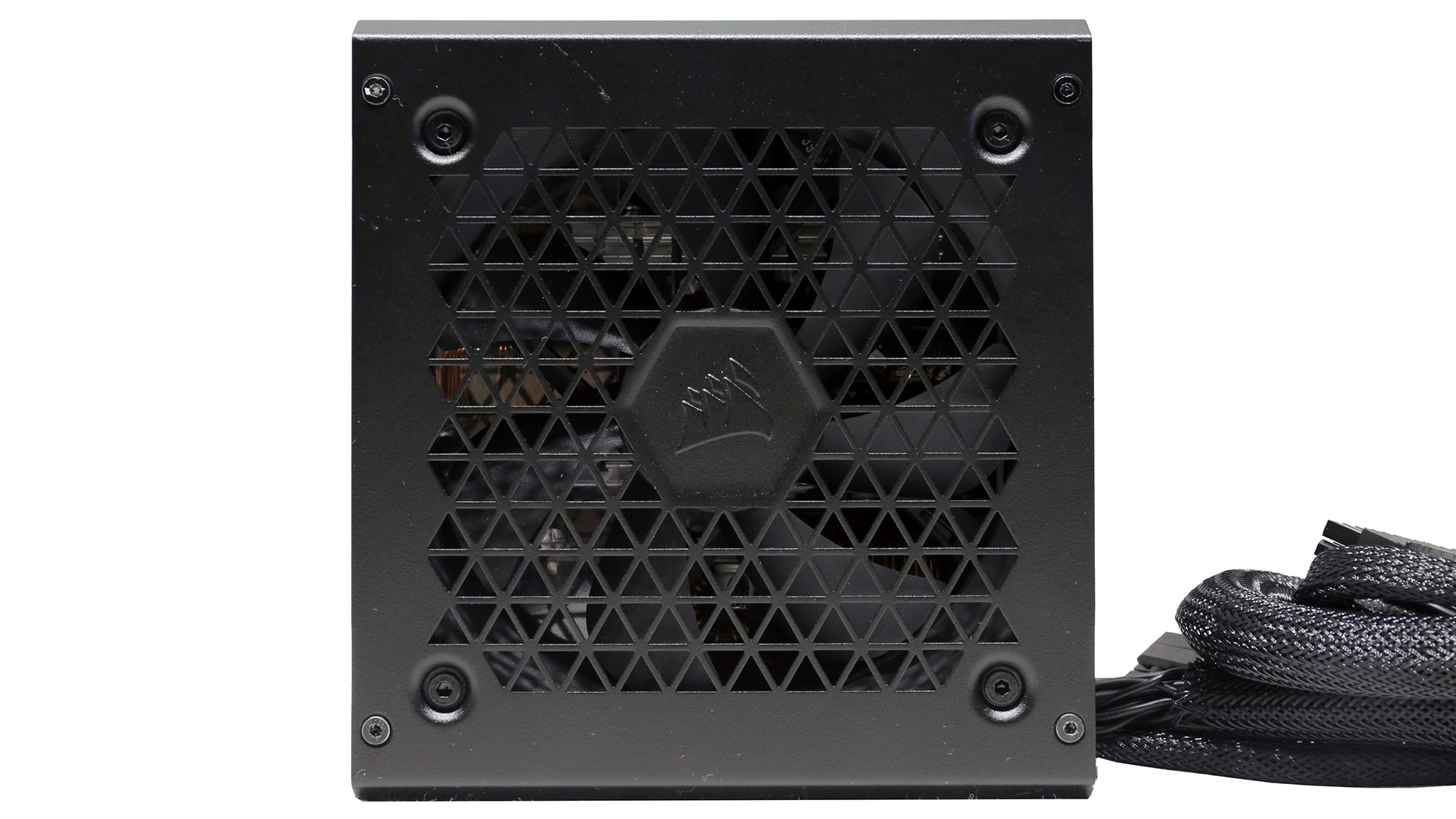
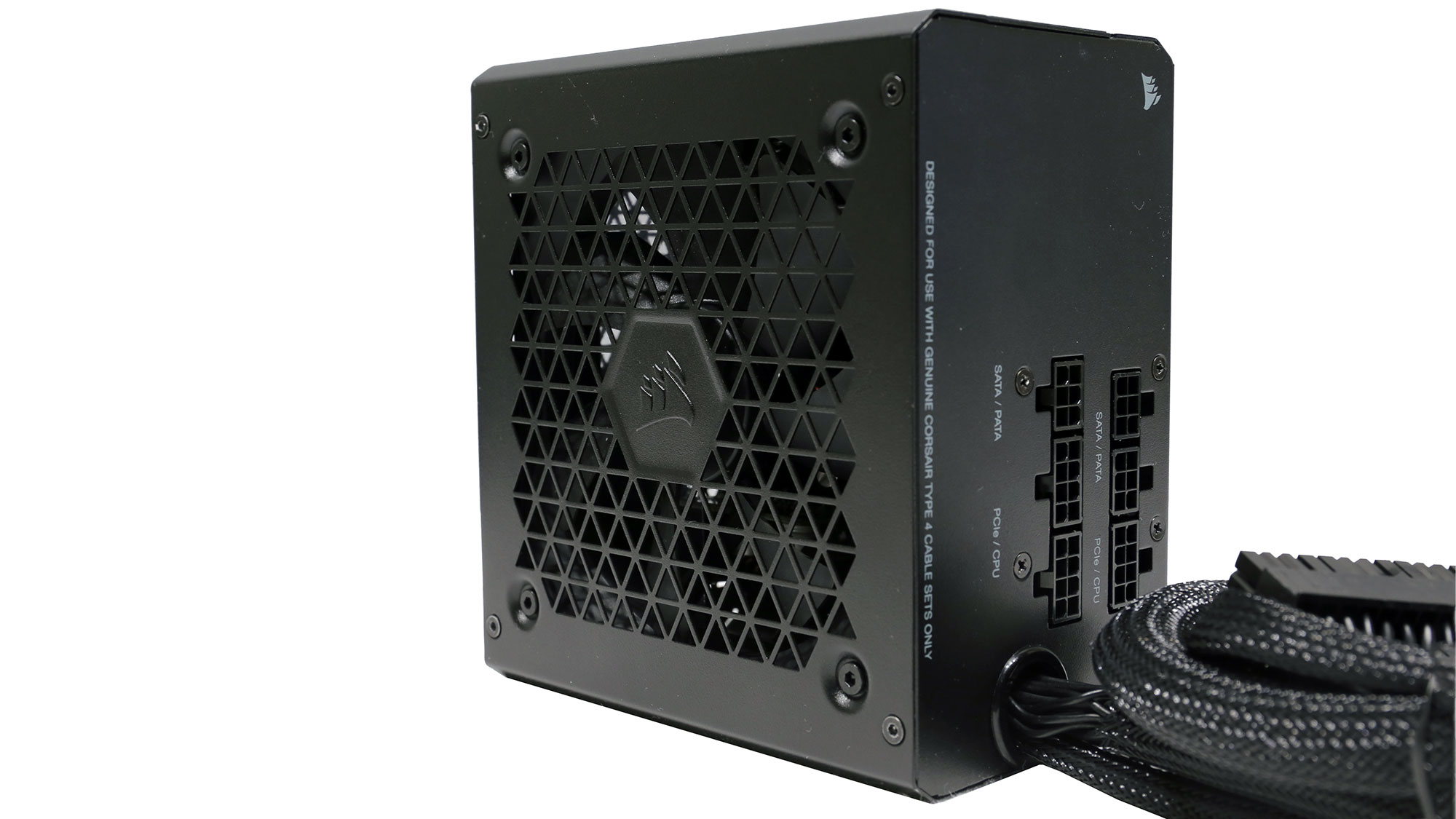
The CX750M is the strongest of the line and with its two EPS and four PCIe connectors, it won't have a problem powering up a potent gaming system equipped with a power-hungry GPU. Its CWT platform scores Bronze in 80 PLUS and Silver in Cybenetics, and it also has a Standard++ rating by the latter. The semi-modular cable design allows for a lower production cost, while it only keeps the absolutely essential cables fixed, the ATX and one EPS. Finally, Corsair used a good rifle-bearing fan, since it provides a five-year warranty for this product.
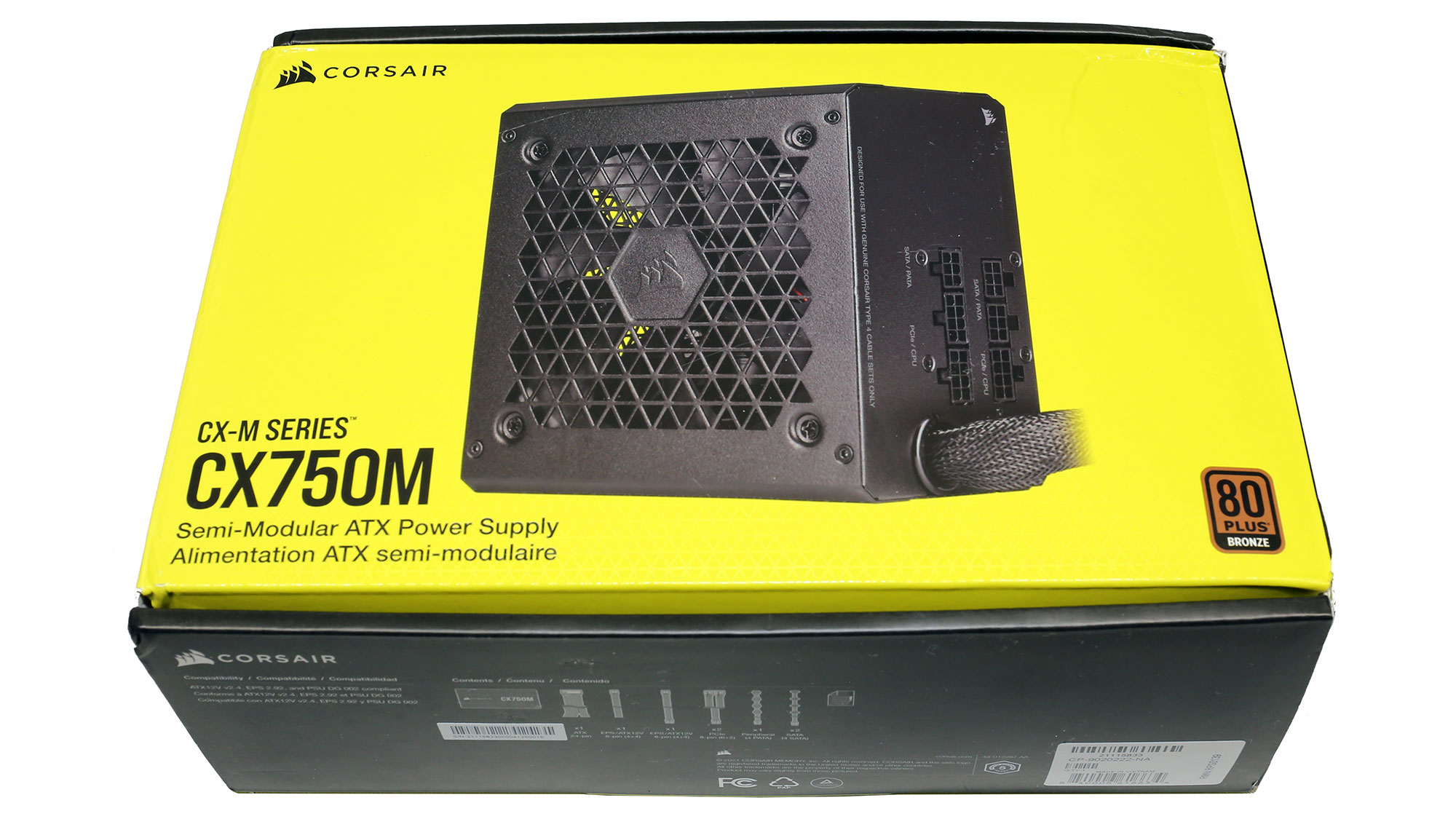
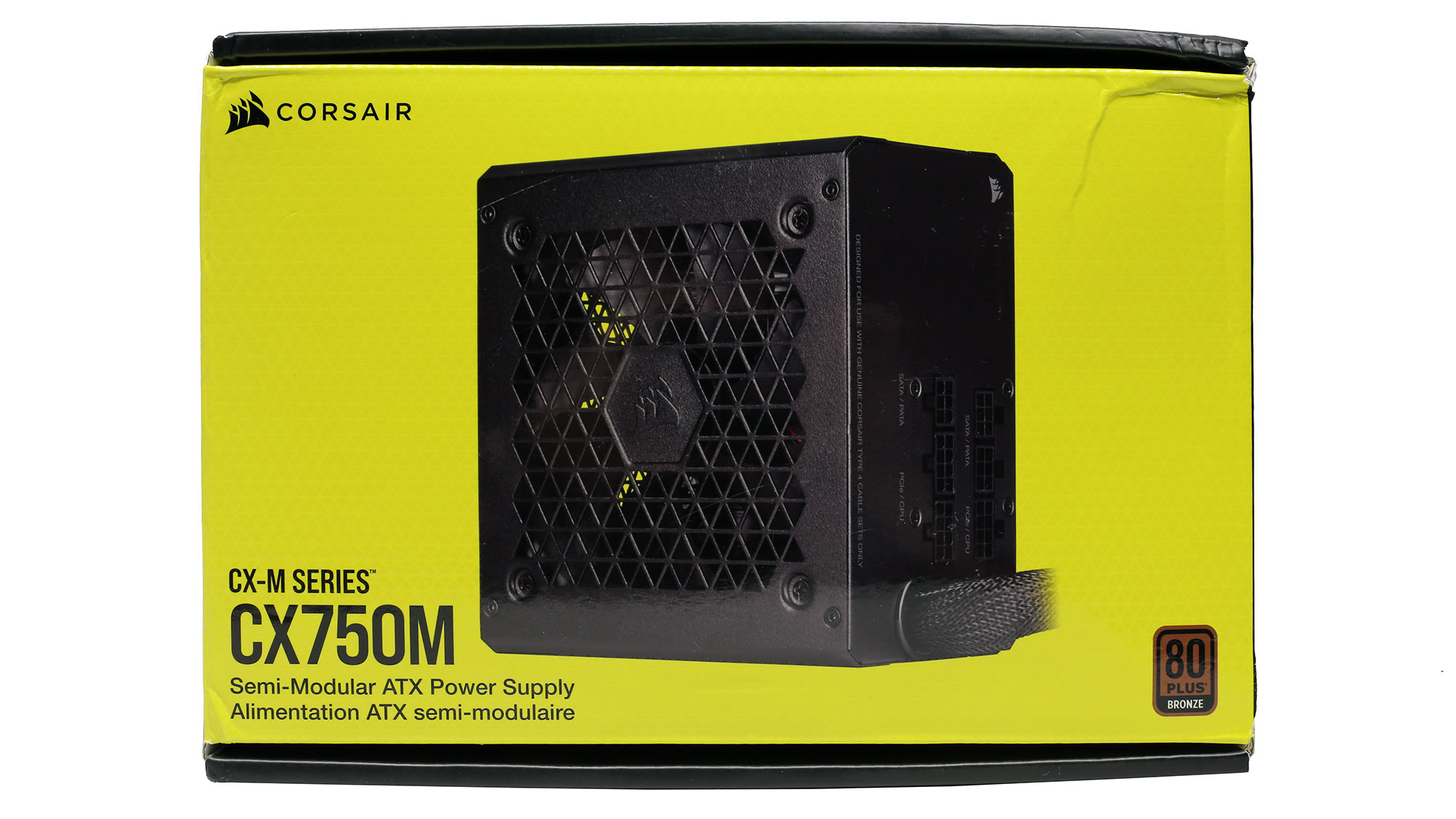
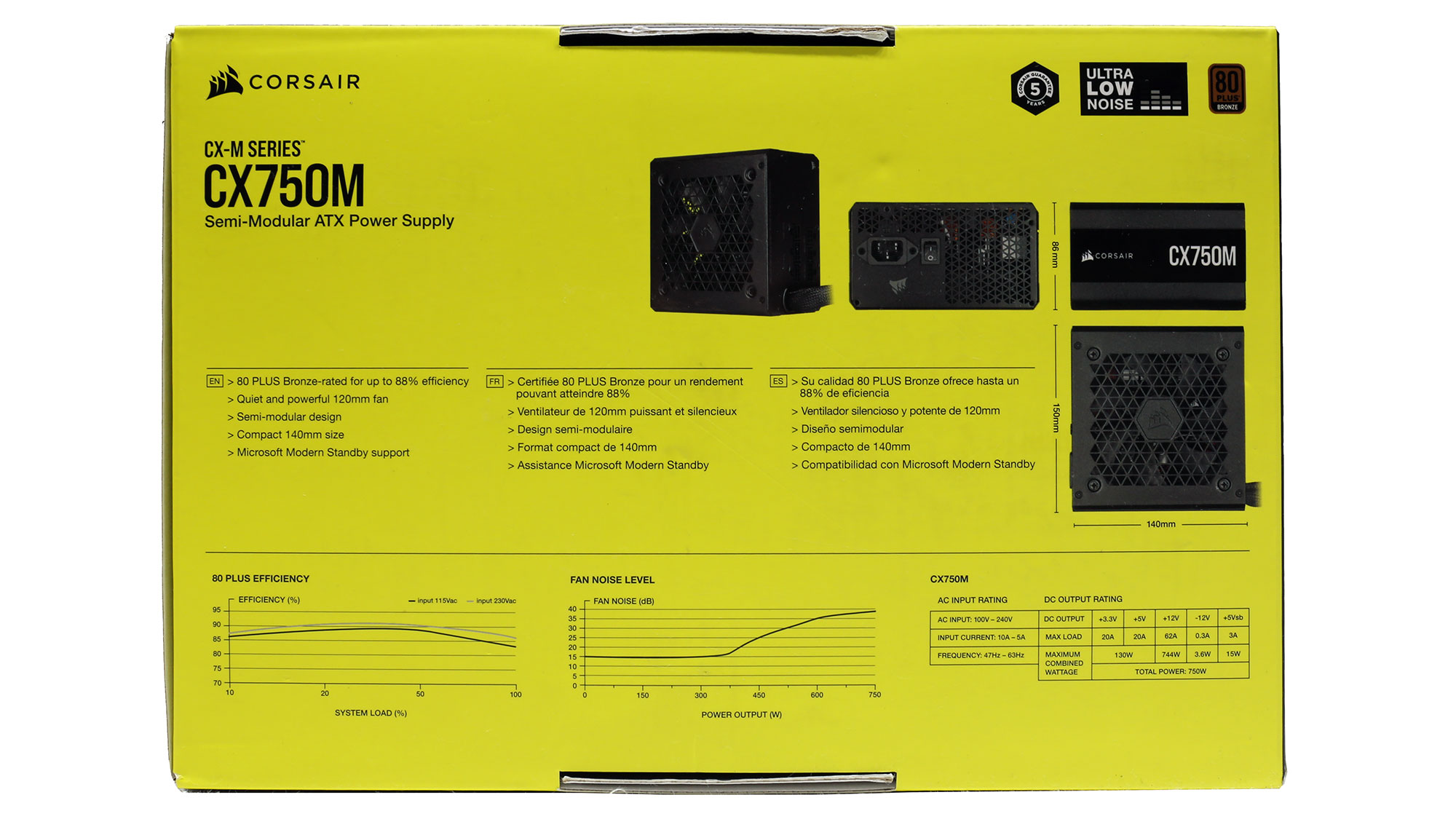

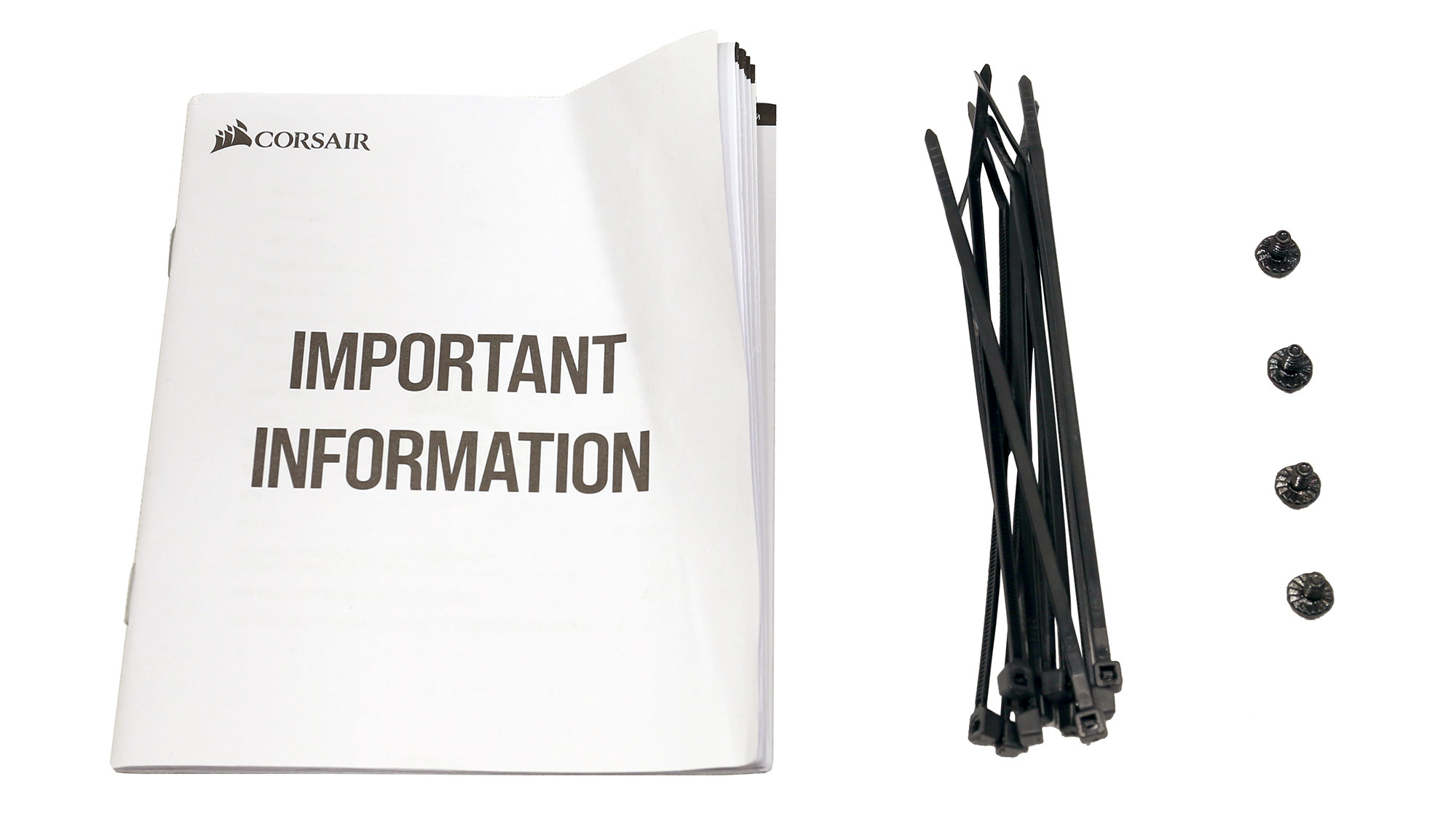
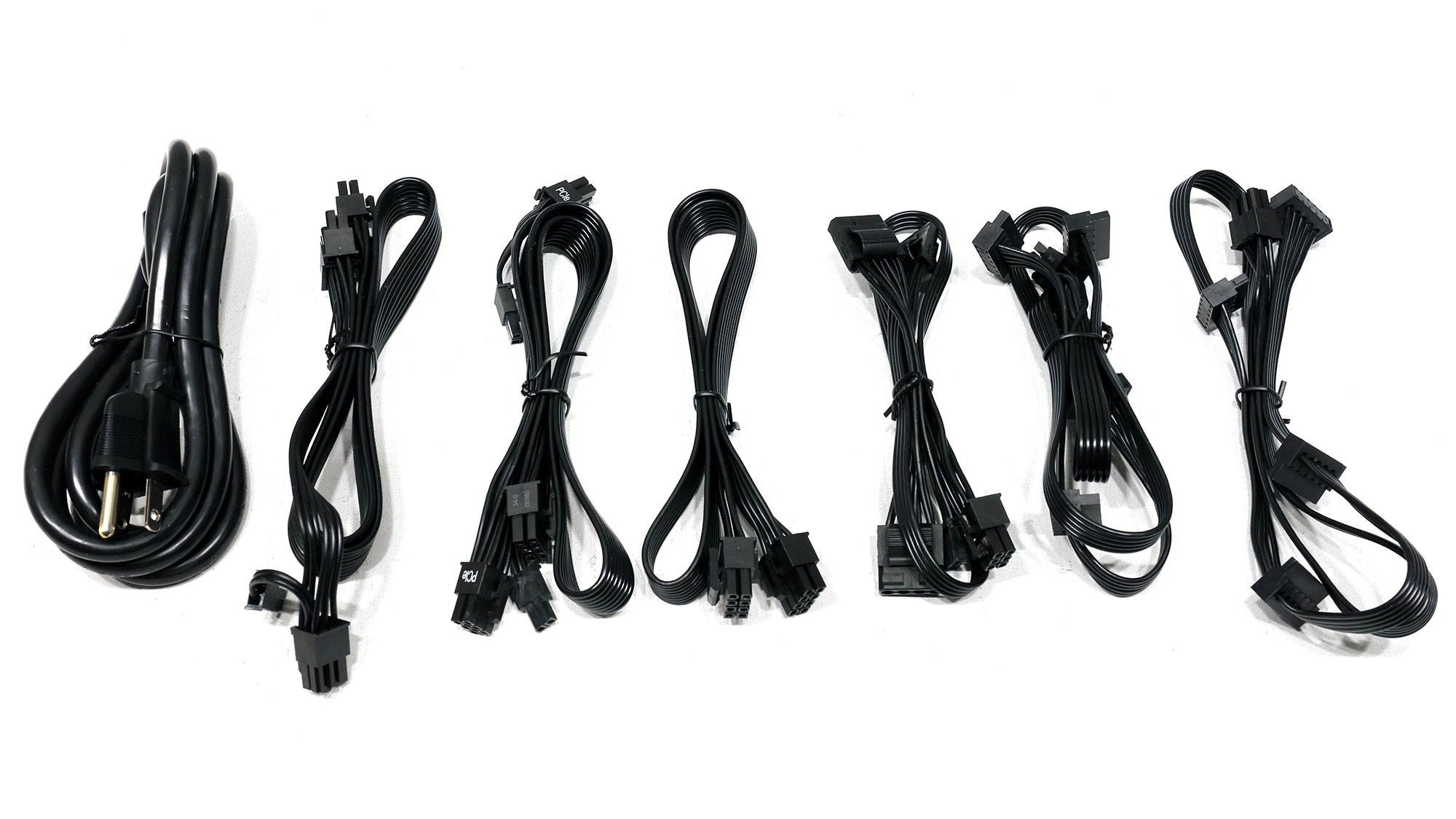
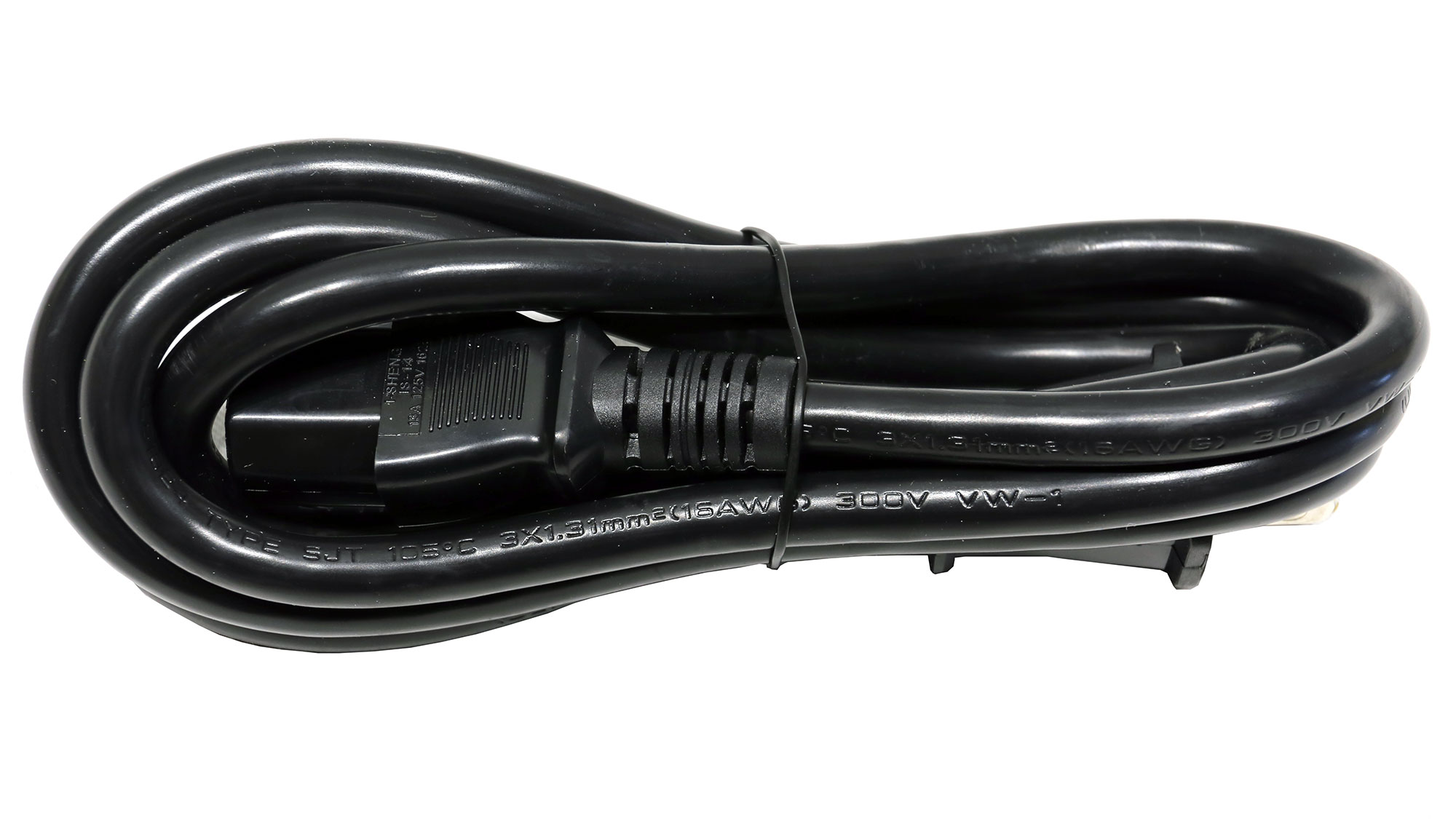
Specifications
|
Manufacturer (OEM) |
CWT |
|
Max. DC Output |
750W |
|
Efficiency |
80 PLUS Bronze, Cybenetics Silver (85-87%) |
|
Noise |
Cybenetics Standard++ (30-35 dB[A]) |
|
Modular |
✓ (Semi) |
|
Intel C6/C7 Power State Support |
✓ |
|
Operating Temperature (Continuous Full Load) |
0 - 40°C |
|
Over Voltage Protection |
✓ |
|
Under Voltage Protection |
✓ |
|
Over Power Protection |
✓ |
|
Over Current (+12V) Protection |
✓ |
|
Over Temperature Protection |
✓ |
|
Short Circuit Protection |
✓ |
|
Surge Protection |
✓ |
|
Inrush Current Protection |
✓ |
|
Fan Failure Protection |
✗ |
|
No Load Operation |
✓ |
|
Cooling |
120mm Rifle Bearing Fan (HA1225H12F-Z) |
|
Semi-Passive Operation |
✗ |
|
Dimensions (W x H x D) |
150 x 85 x 140mm |
|
Weight |
1.6 kg (3.53 lb) |
|
Form Factor |
ATX12V v2.52, EPS 2.92 |
|
Warranty |
5 years |
Power Specifications
| Rail | Row 0 - Cell 1 | 3.3V | 5V | 12V | 5VSB | -12V |
| Max. Power | Amps | 20 | 20 | 62 | 3 | 0.3 |
| Row 2 - Cell 0 | Watts | Row 2 - Cell 2 | 130 | 744 | 15 | 3.6 |
| Total Max. Power (W) | Row 3 - Cell 1 | Row 3 - Cell 2 | 750 | Row 3 - Cell 4 | Row 3 - Cell 5 | Row 3 - Cell 6 |
Cables & Connectors
| Native Cables | Row 0 - Cell 1 | Row 0 - Cell 2 | Row 0 - Cell 3 | |
| Description | Cable Count | Connector Count (Total) | Gauge | In Cable Caps |
| ATX Connector 20+4 pin (610mm) | 1 | 1 | 18-22AWG | No |
| 4+4 pin EPS12V (670mm) | 1 | 1 | 18AWG | No |
| Modular Cables | Row 4 - Cell 1 | Row 4 - Cell 2 | Row 4 - Cell 3 | Row 4 - Cell 4 |
| 4+4 pin EPS12V (650mm) | 1 | 1 | 18AWG | No |
| 6+2 pin PCIe (600mm+150mm) | 2 | 4 | 16-18AWG | No |
| SATA (450mm+110mm+110mm+110mm) | 2 | 8 | 18AWG | No |
| 4-pin Molex (450mm+100mm+100mm) / FDD (+100mm) | 1 | 3 / 1 | 18-22AWG | No |
| AC Power Cord (1400mm) - C13 coupler | 1 | 1 | 18AWG | - |
It is good to see only two cables fixed. Ideally, all should be modular, but with only two, essential, cables fixed there won't be any issues during the PSU's installation. On top of that, you will have lower resistance on the fixed cables, hence better load regulation, especially on the minor rails which mostly pass through the ATX cable.
Cable length is sufficient and as expected and there are no in-cable caps. The FDD connector is not required by the majority of users, so Corsair could replace it with a 4-pin Molex and increase their number to four. Lastly, the distance between 4-pin Molex is too short, at only 100mm.
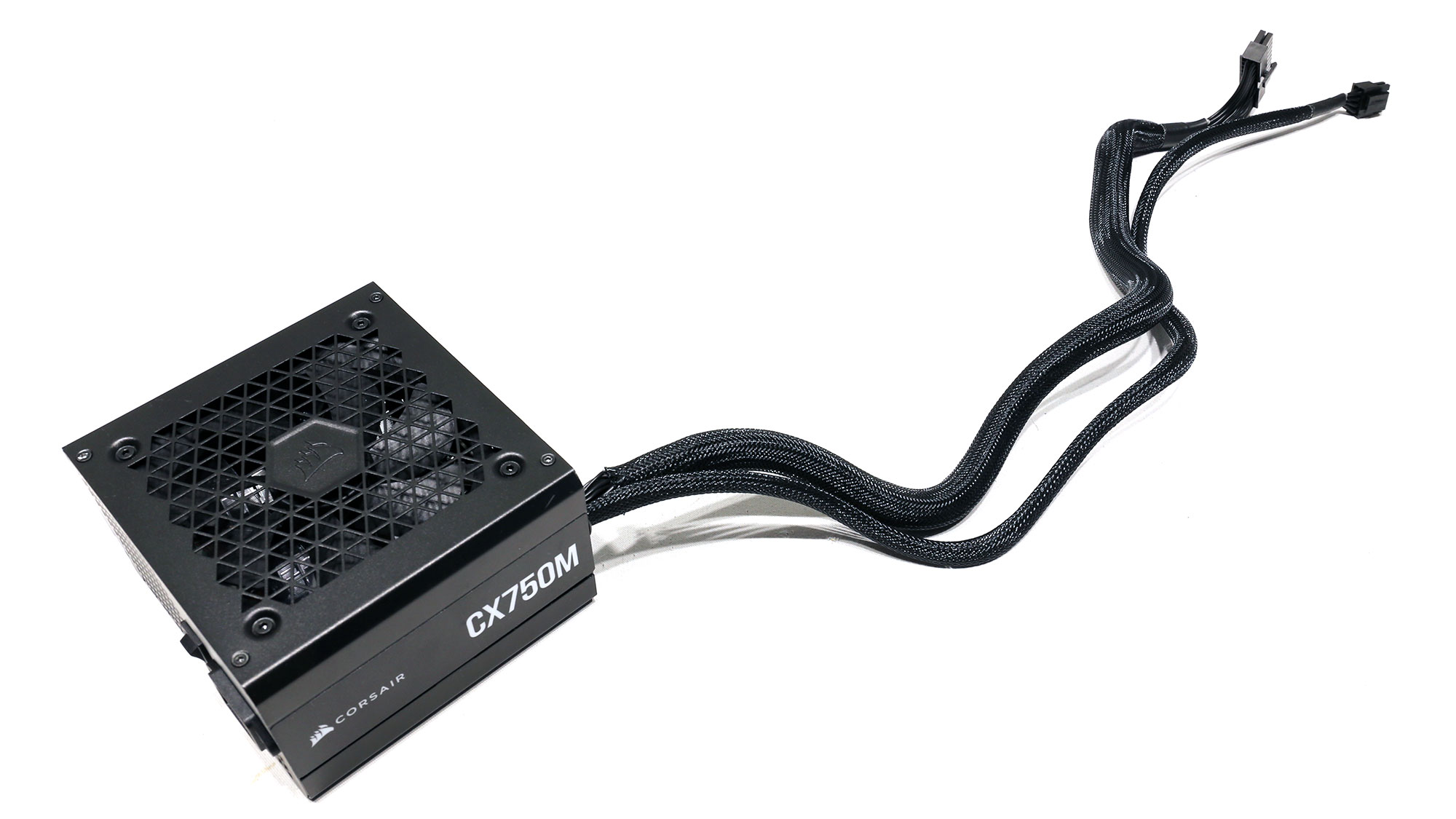
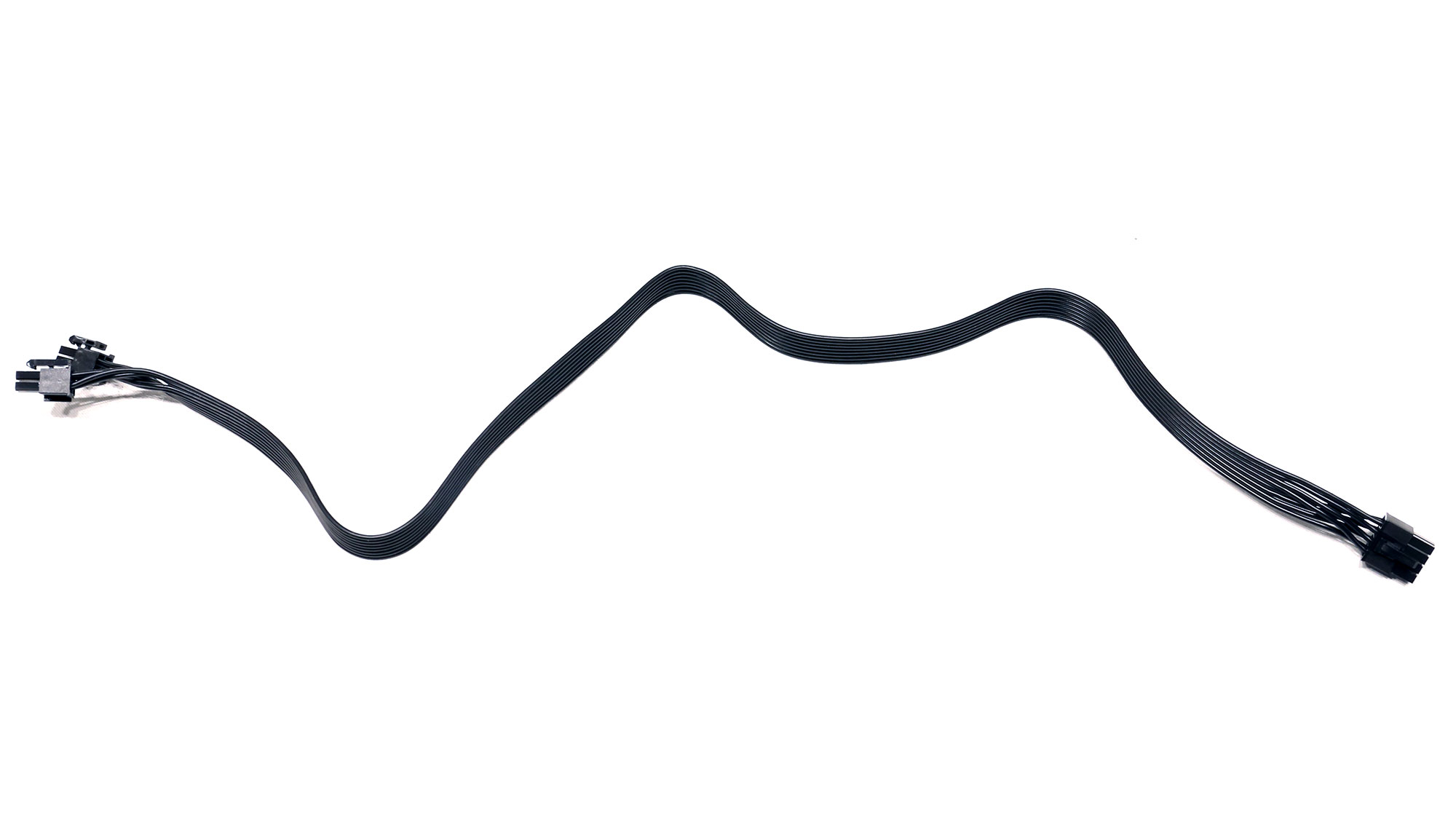
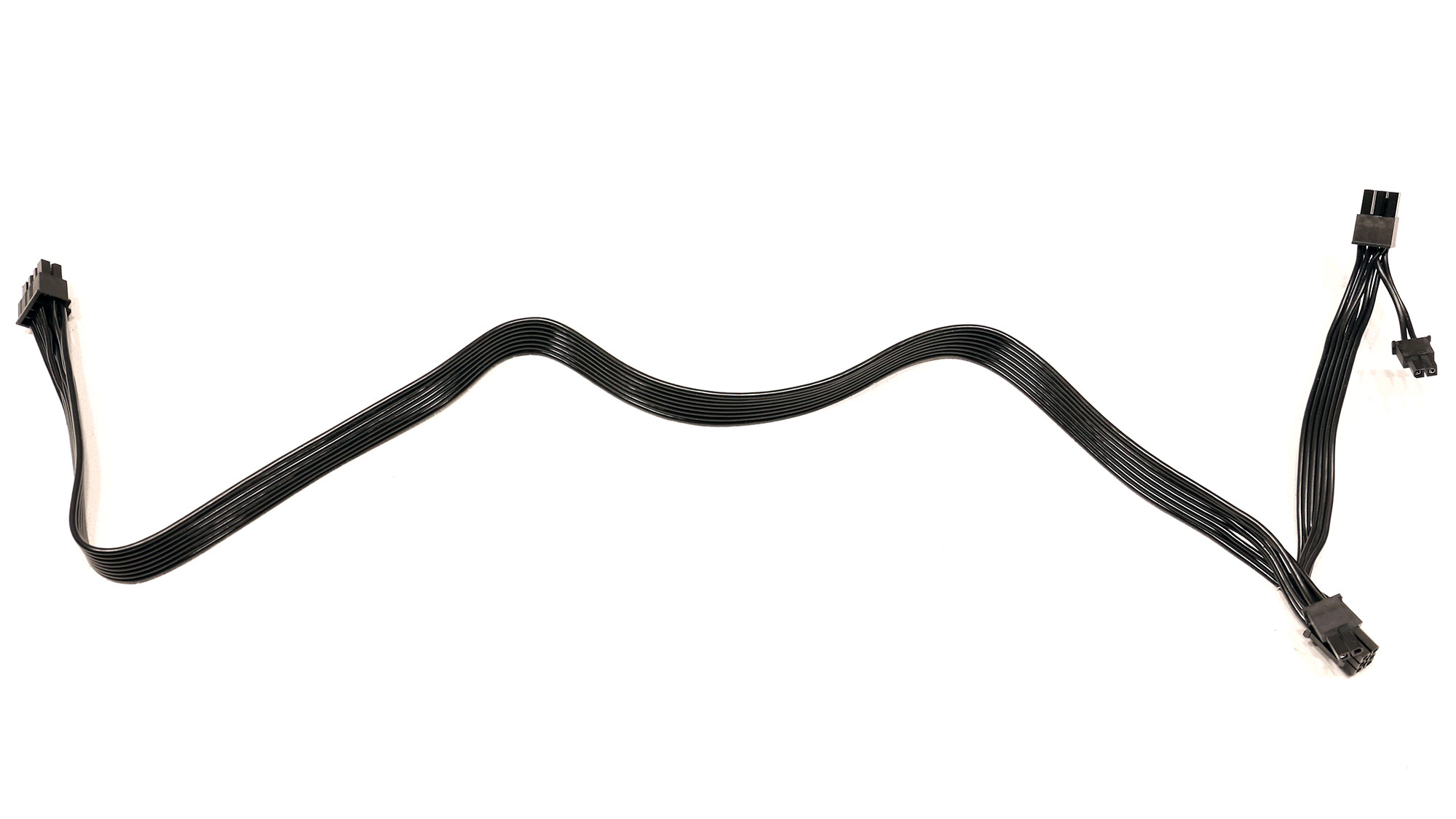
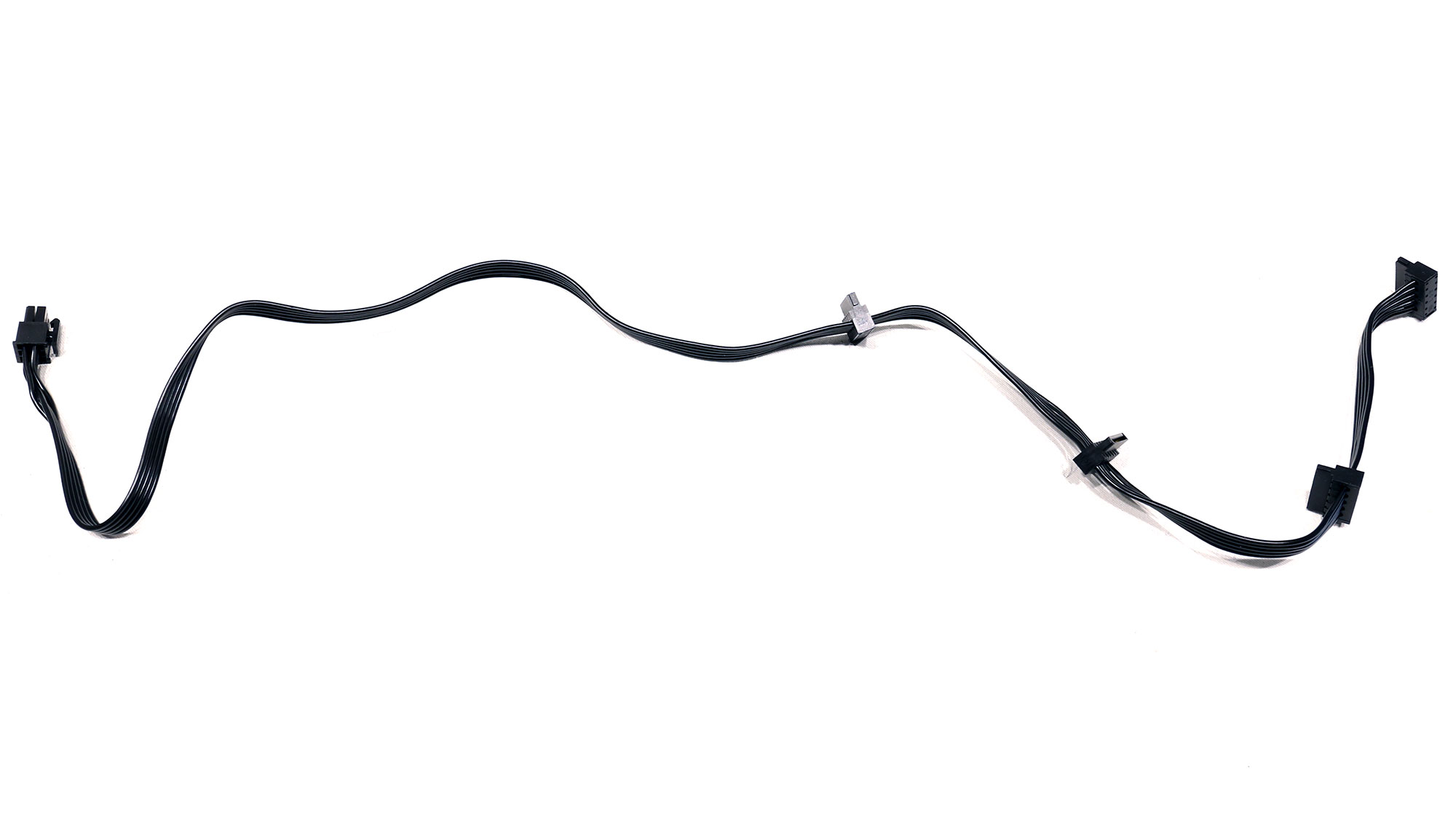
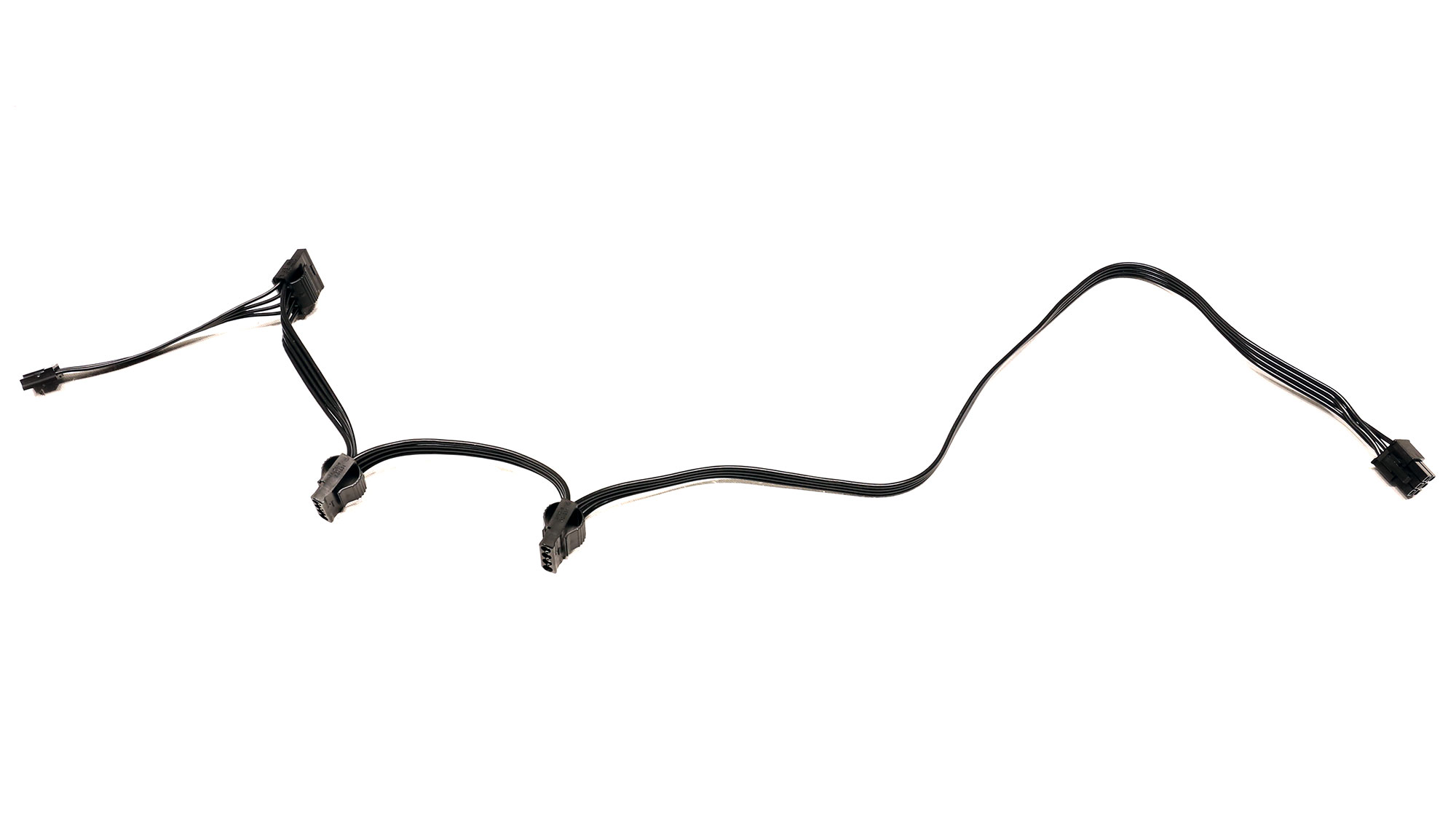
Component Analysis
We strongly encourage you to have a look at our PSUs 101 article, which provides valuable information about PSUs and their operation, allowing you to better understand the components we're about to discuss.
| General Data | - |
| Manufacturer (OEM) | CWT |
| PCB Type | Single-Sided |
| Primary Side | - |
| Transient Filter | 4x Y caps, 2x X caps, 2x CM chokes, 1x MOV, 1x CAP200DG (Discharge IC) |
| Inrush Protection | NTC Thermistor SCK - 2R58 (2.5Ohm) |
| Bridge Rectifier(s) | 1x GBU15L06 (800V, 10A @ 100°C) |
| APFC MOSFETs | 2x Champion GP28S50 (500V, 28A, Rds(on): 0.125Ohm) |
| APFC Boost Diode | 1x ON Semiconductor FFSP0665A (650V, 6A @ 153°C) |
| Bulk Cap(s) | 1x Nichicon (400V, 390uF, 2,000h @ 105°C, GG) |
| Main Switchers | 2x Champion GP23S60HX |
| PFC/PWM Combo Controller | Champion CM6800TX & Champion CM03X |
| Topology |
Primary side: APFC, Double Forward Secondary side: Semi-Synchronous Rectification (12V) & DC-DC converters (5V & 3.3V) |
| Secondary Side | - |
| +12V | 2x Advanced Power AP6N3R5P (60V, 80A @ 100°C, Rds(on): 3.58mOhm) FET & 2x PFC PFR40V60CT (60V, 40A @ 100°C) SBR |
| 5V & 3.3V MOSFETs | 2x UBIQ QM3054M6 (30V, 61A @ 100°C, Rds(on): 4.8mOhm) & 2x UBIQ QN3107M6N (30V, 70A @ 100°C, Rds(on): 2.6mOhm) PWM Controller: ANPEC APW7159C |
| Filtering Capacitors |
Electrolytic: 11x Elite (2-5,000h @ 105°C, ED), 1x Nichicon (4-10,000h @ 105°C, HE), 2x Elite (4-10,000h @ 105°C, EY), 1x Elite (2-5,000h @ 105°C, EK), 1x Nippon Chemi-Con (4-10,000h @ 105°C, KY), 2x Elite (2,000h @ 105°C, PF) |
| Driver IC | Sync Power SP6019 |
| Supervisor IC | INI1S429I - DCG (OVP, UVP, OCP, PG, SCP) |
| Fan Model | Hong Hua HA1225H12F-Z (120mm, 12V, 0.58A, Rifle Bearing Fan) |
| 5VSB Circuit | - |
| Standby PWM Controller | Power Integrations TNY290PG |

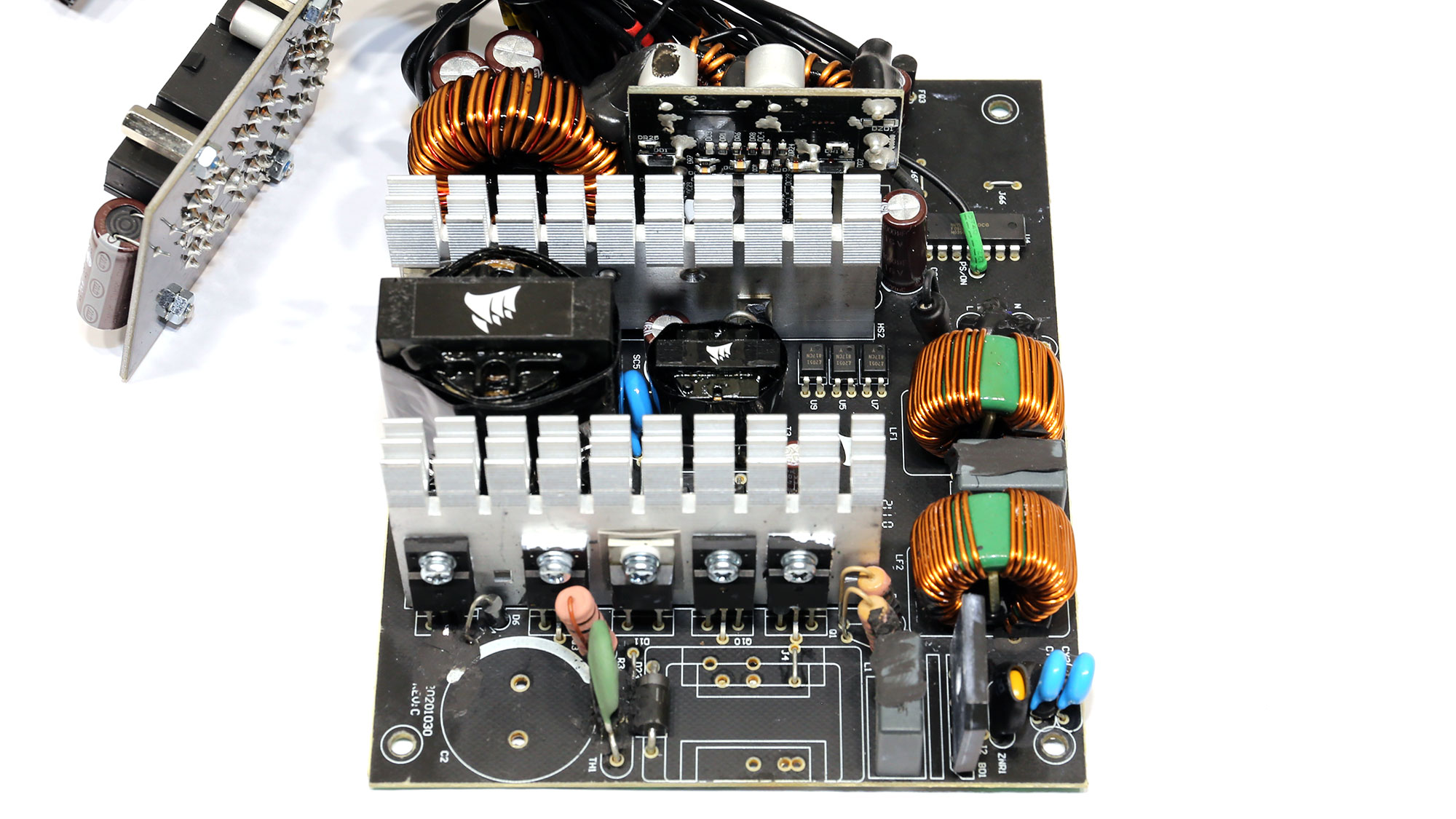
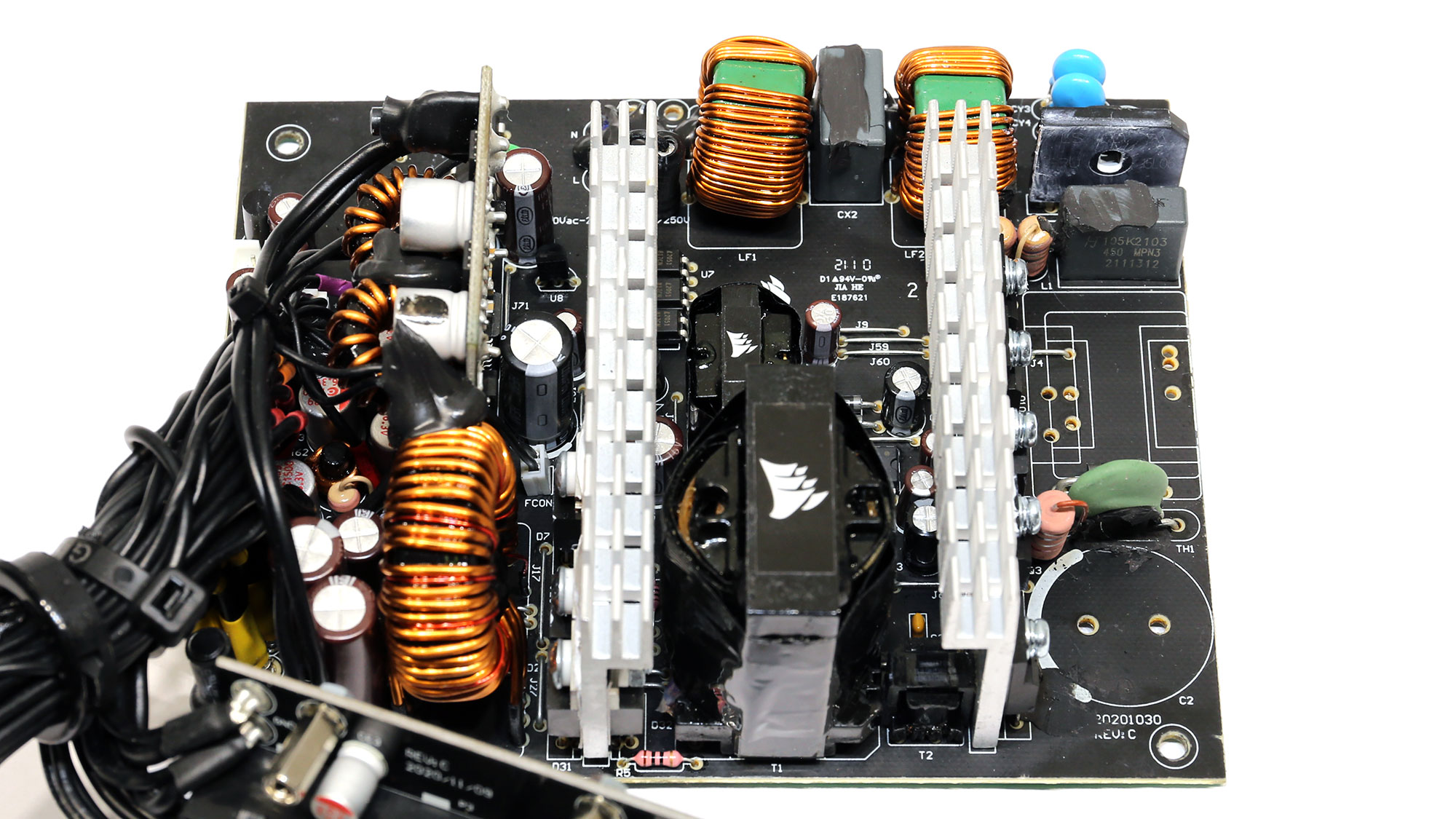
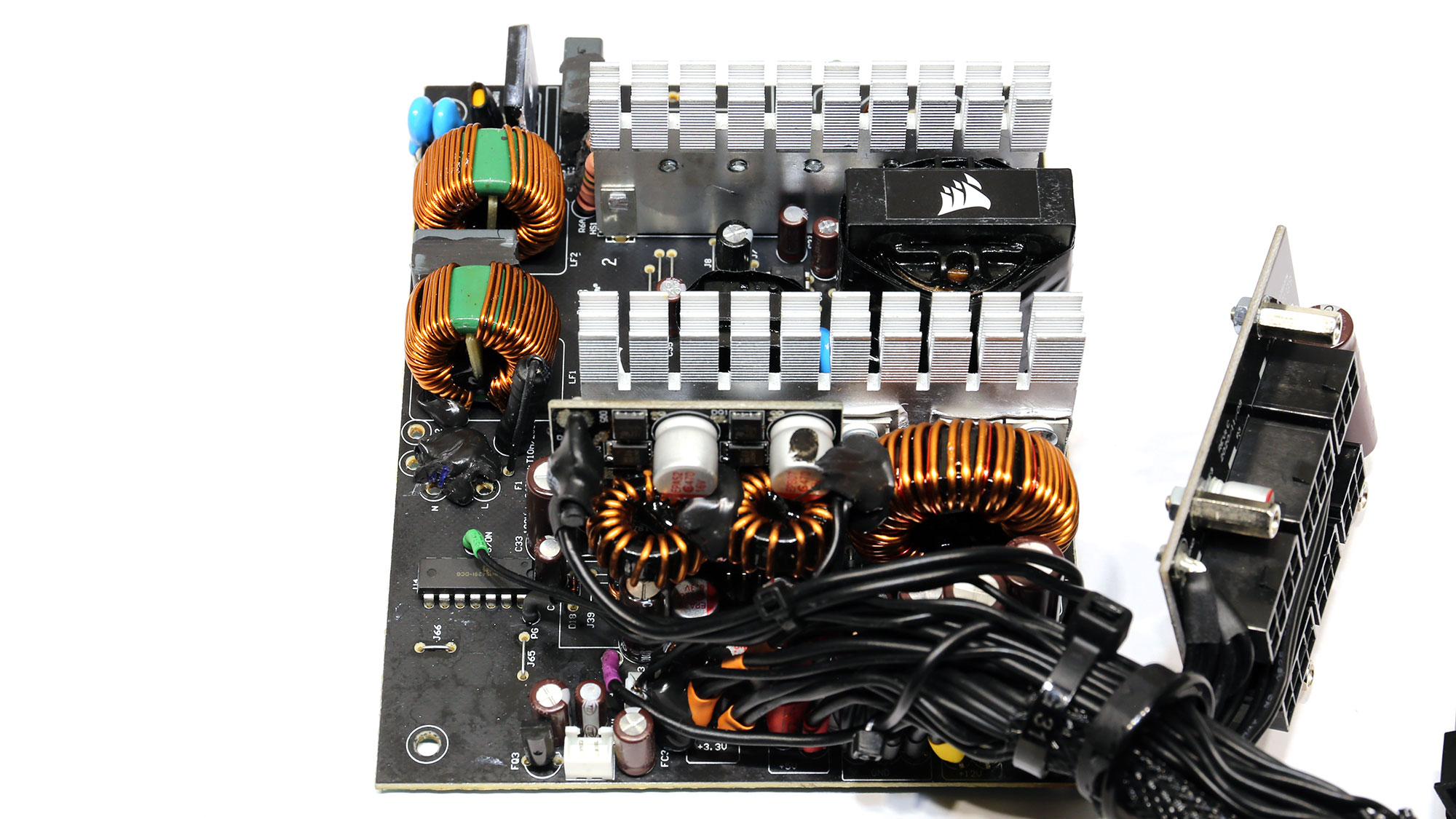
Corsair used CWT's CSB-A platform, which utilizes a double forward topology on the primary side. On the secondary side, FETs and SBRs regulate the 12V rail, and two DC-DC converters handle the minor rails. It is a budget design with small heat sinks. Despite the small PCB, there is enough space between the parts for decent airflow. Lastly, the XPG Pylon 750 and the Thermaltake Smart BM2 750 units also use the same platform.
Get Tom's Hardware's best news and in-depth reviews, straight to your inbox.
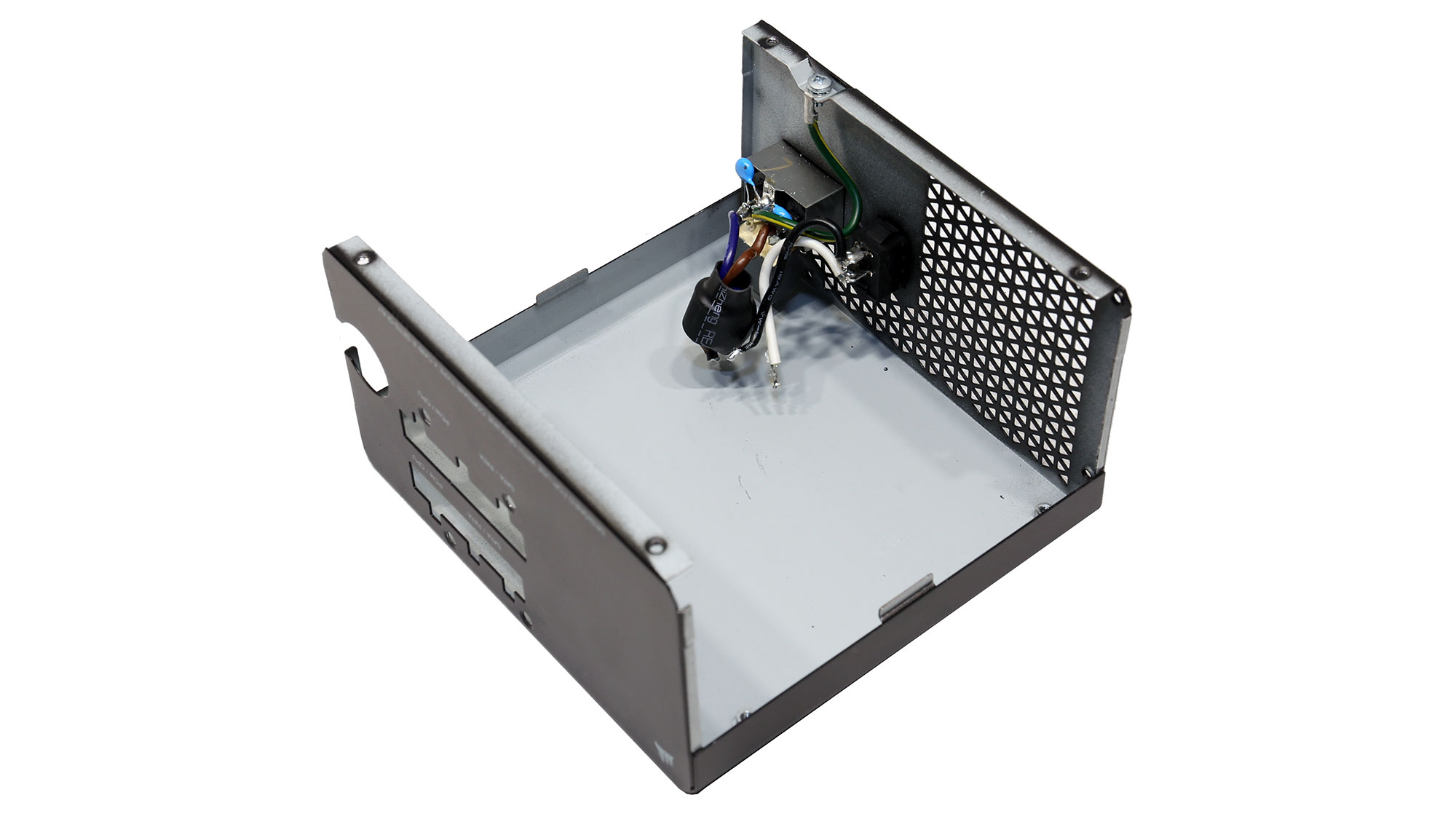
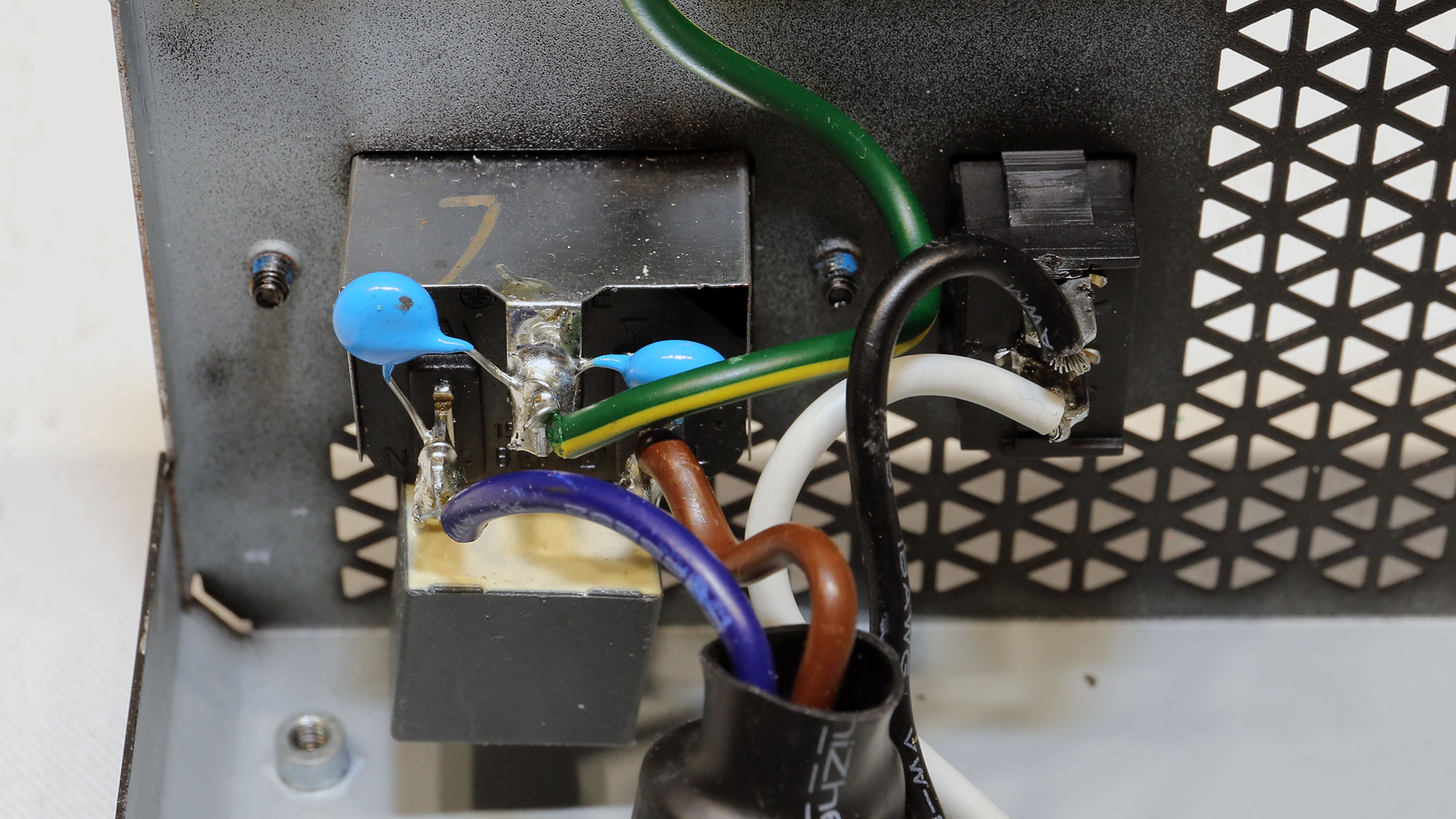
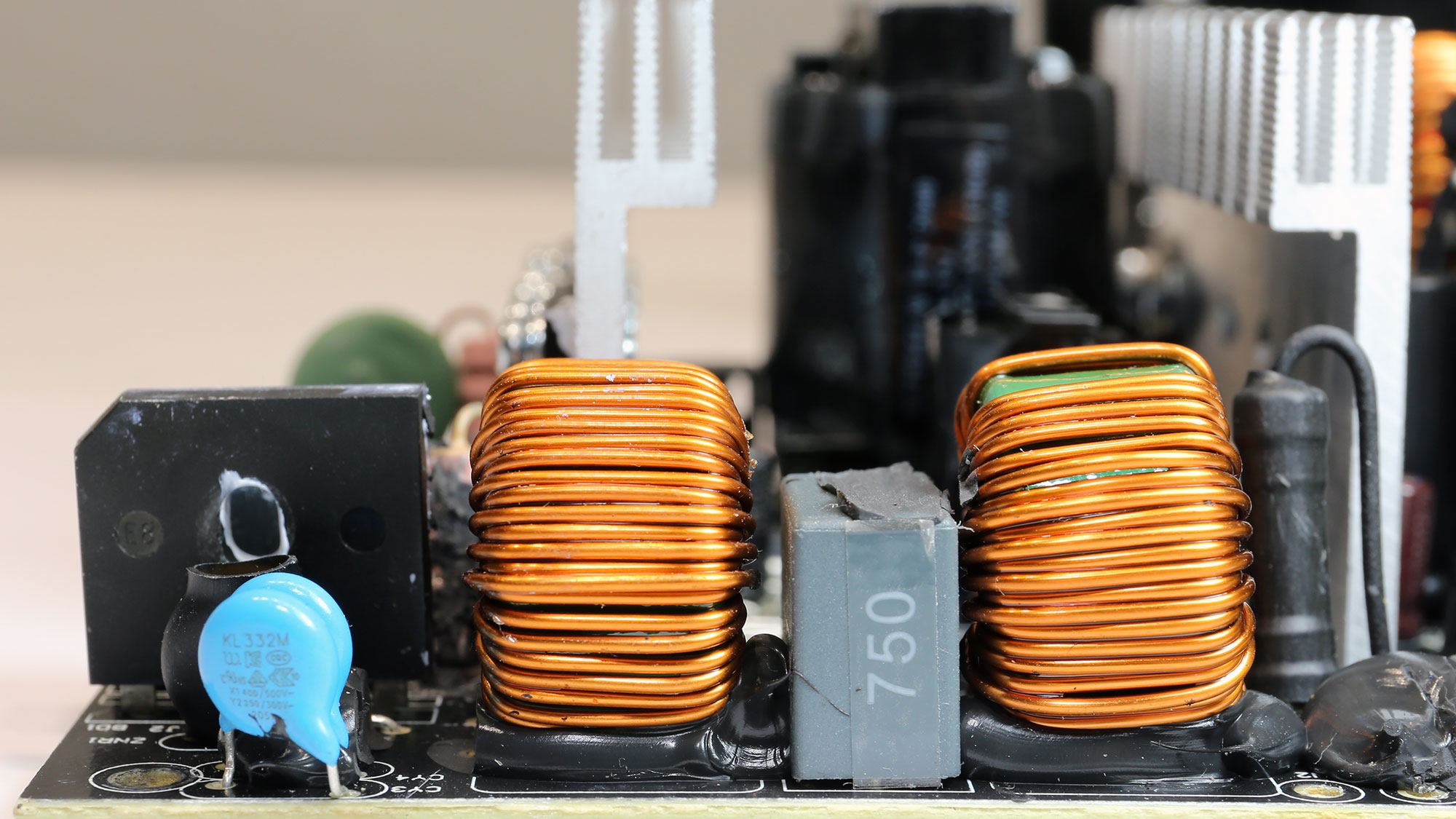
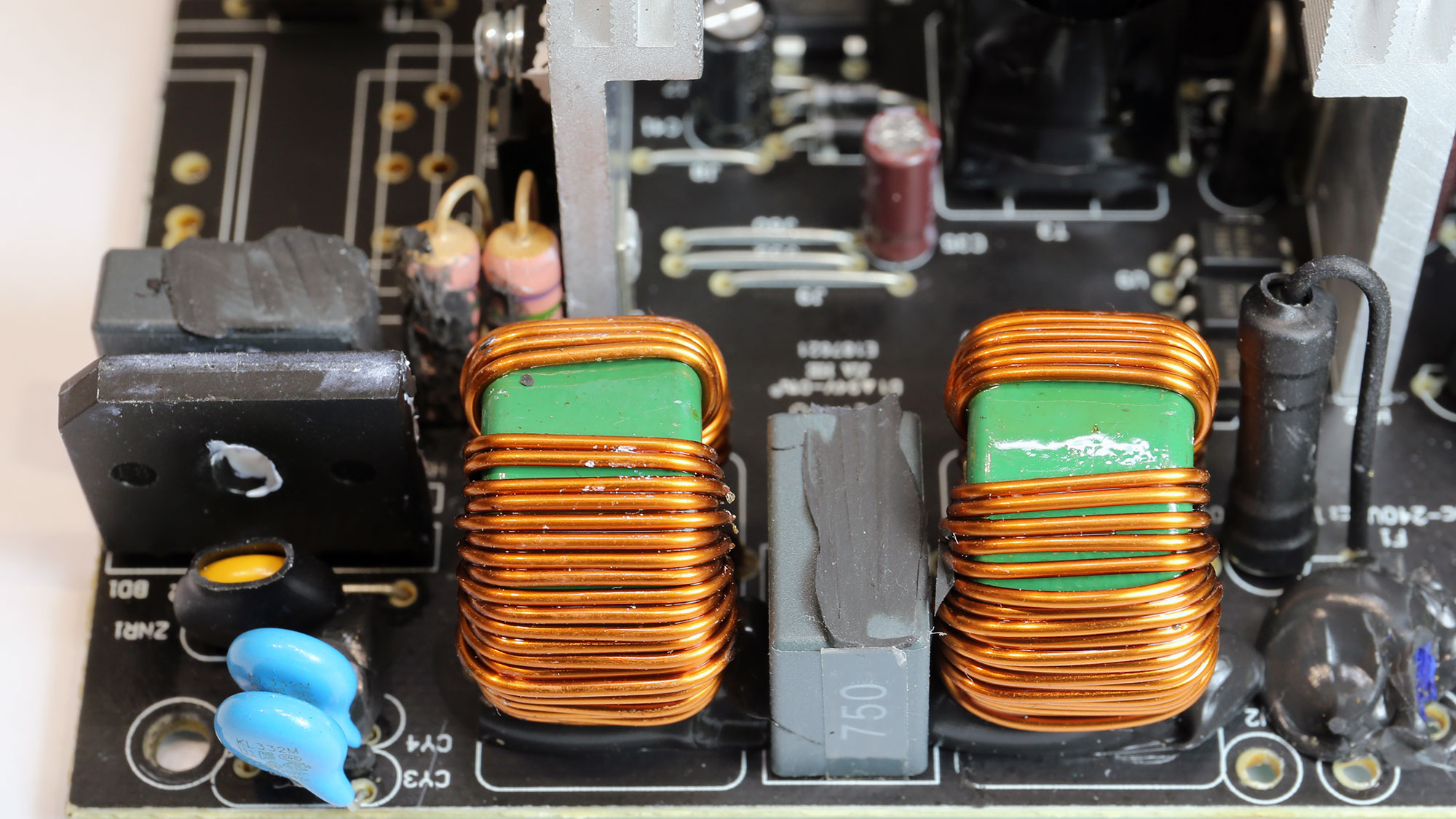
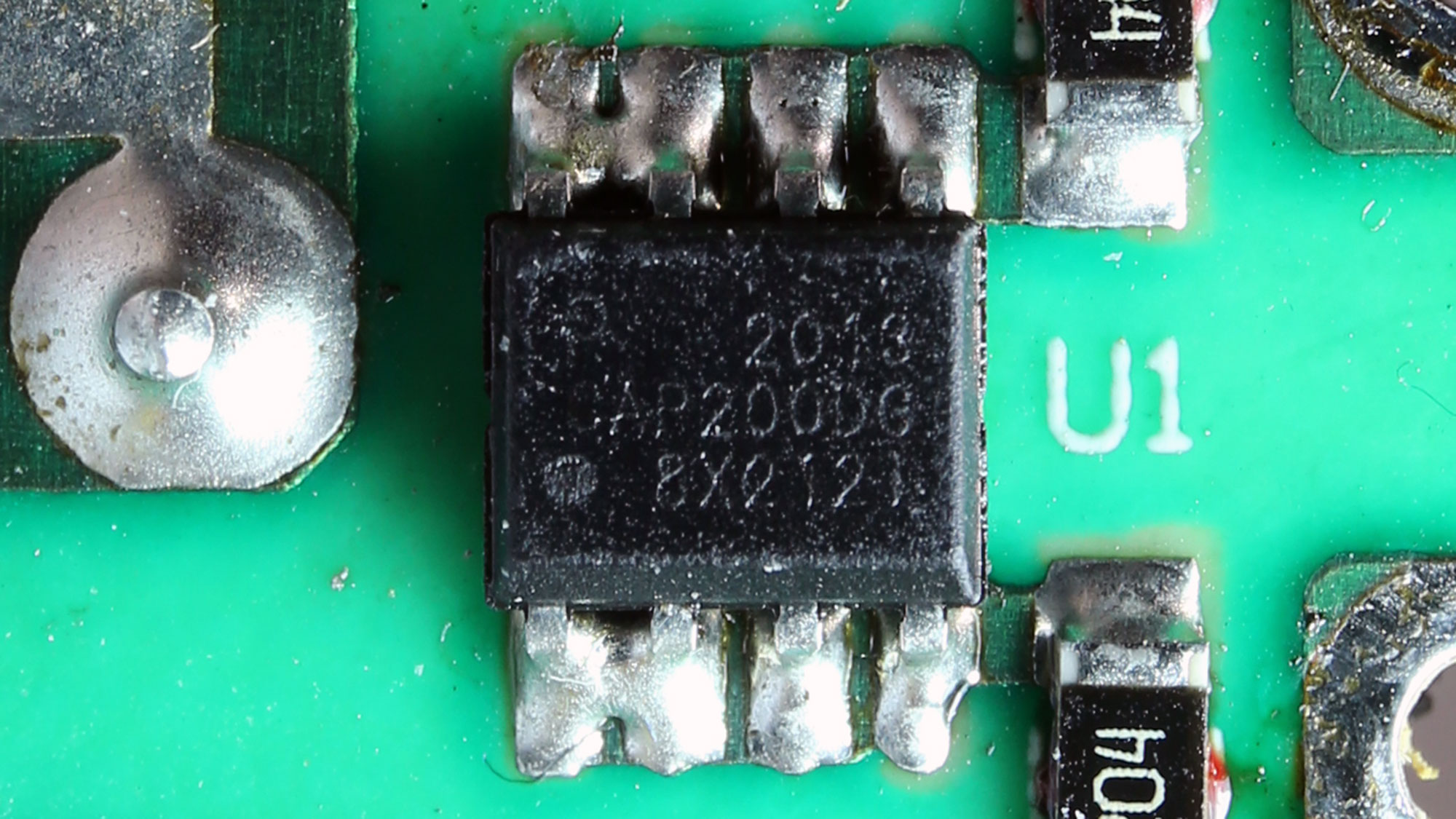
The transient filter has all the necessary parts to do a fine job, including a discharge IC which provides a slight efficiency boost.
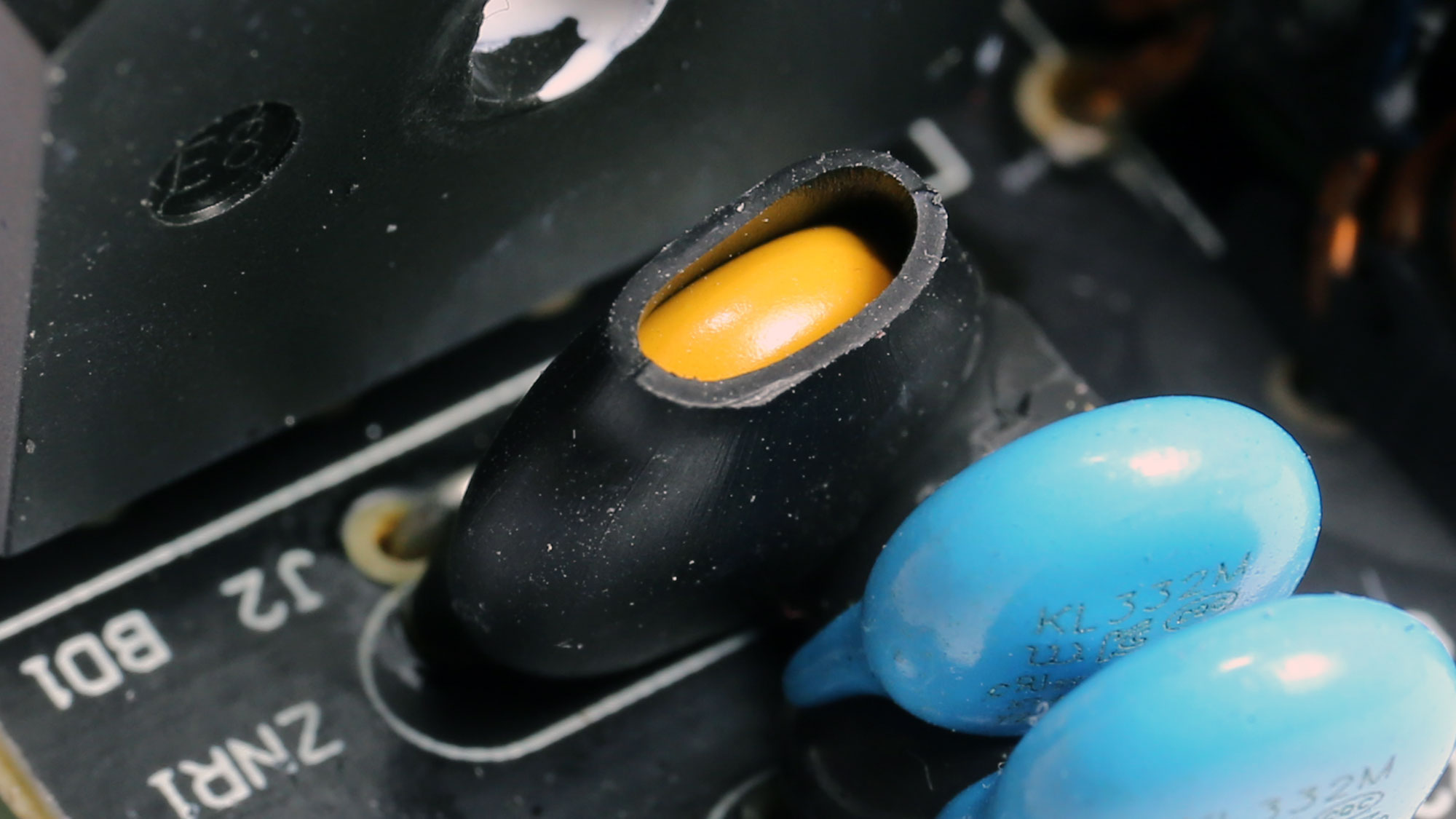
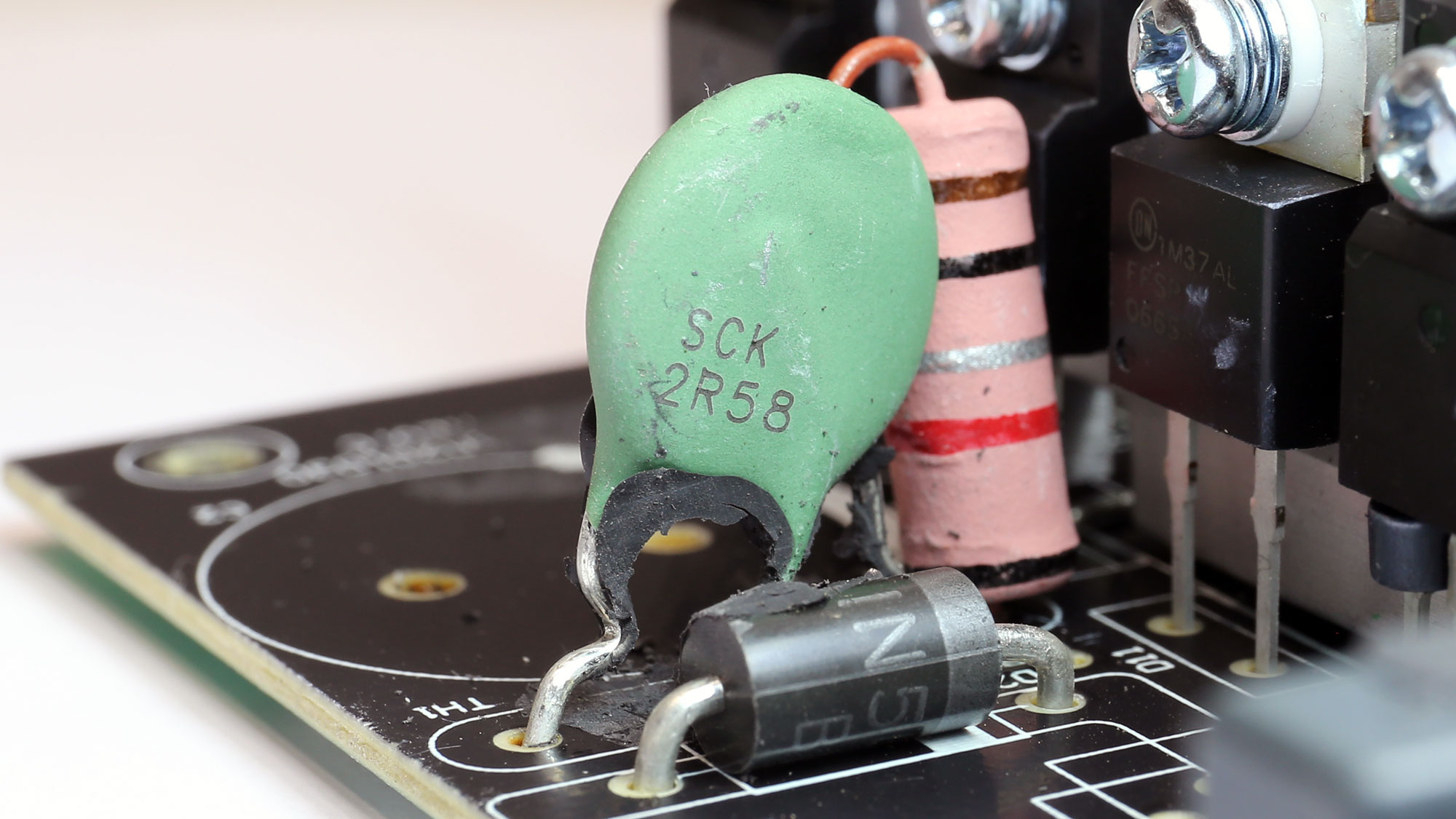
There is an MOV to protect against voltage surges. An NTC thermistor lower inrush currents. It isn't supported by a relay, which usually is the case in budget designs.
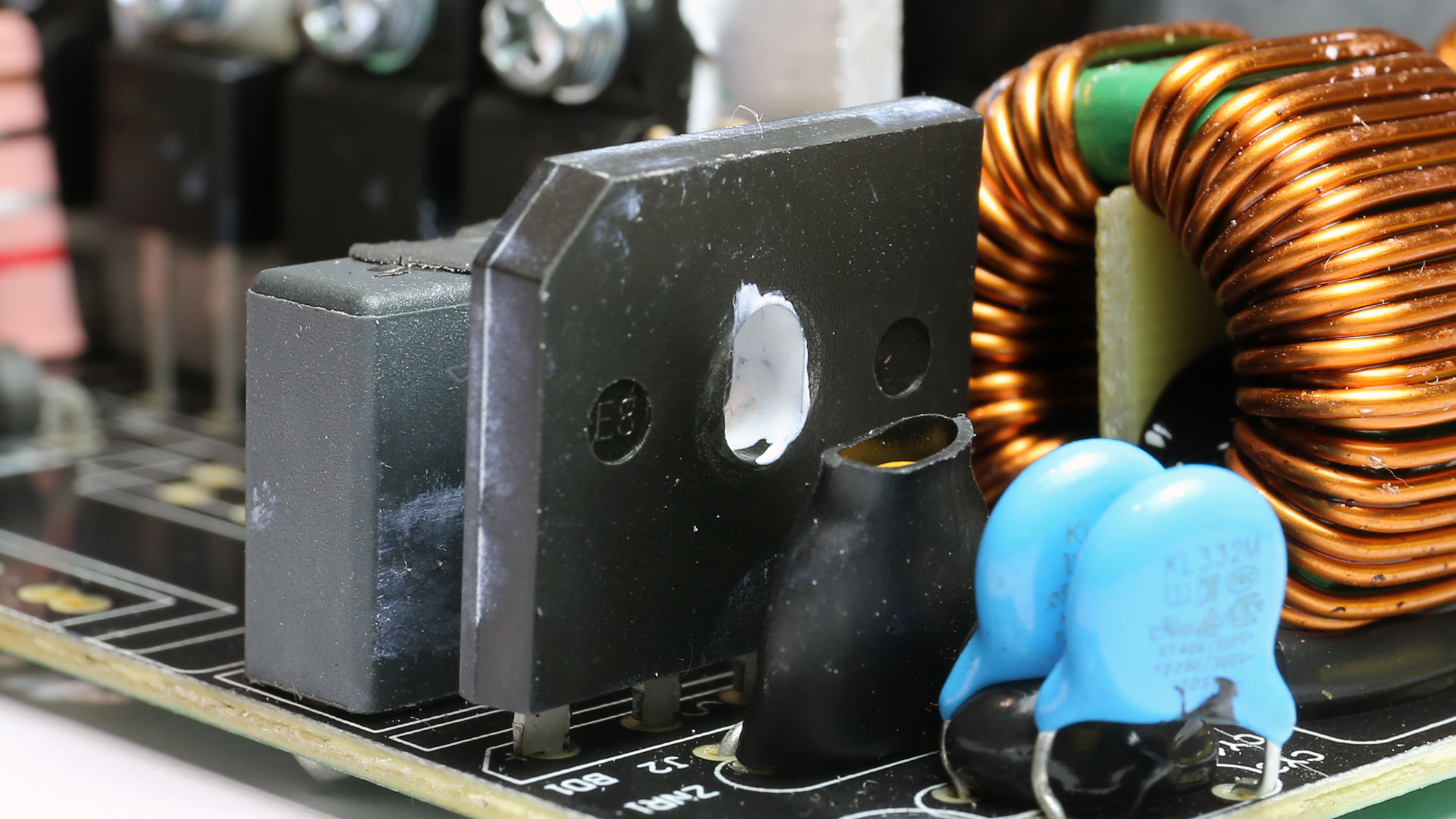
The single bridge rectifiers can handle up to 10 Amps at higher than 100 degrees Celsius and up to 15 Amps at lower temps.
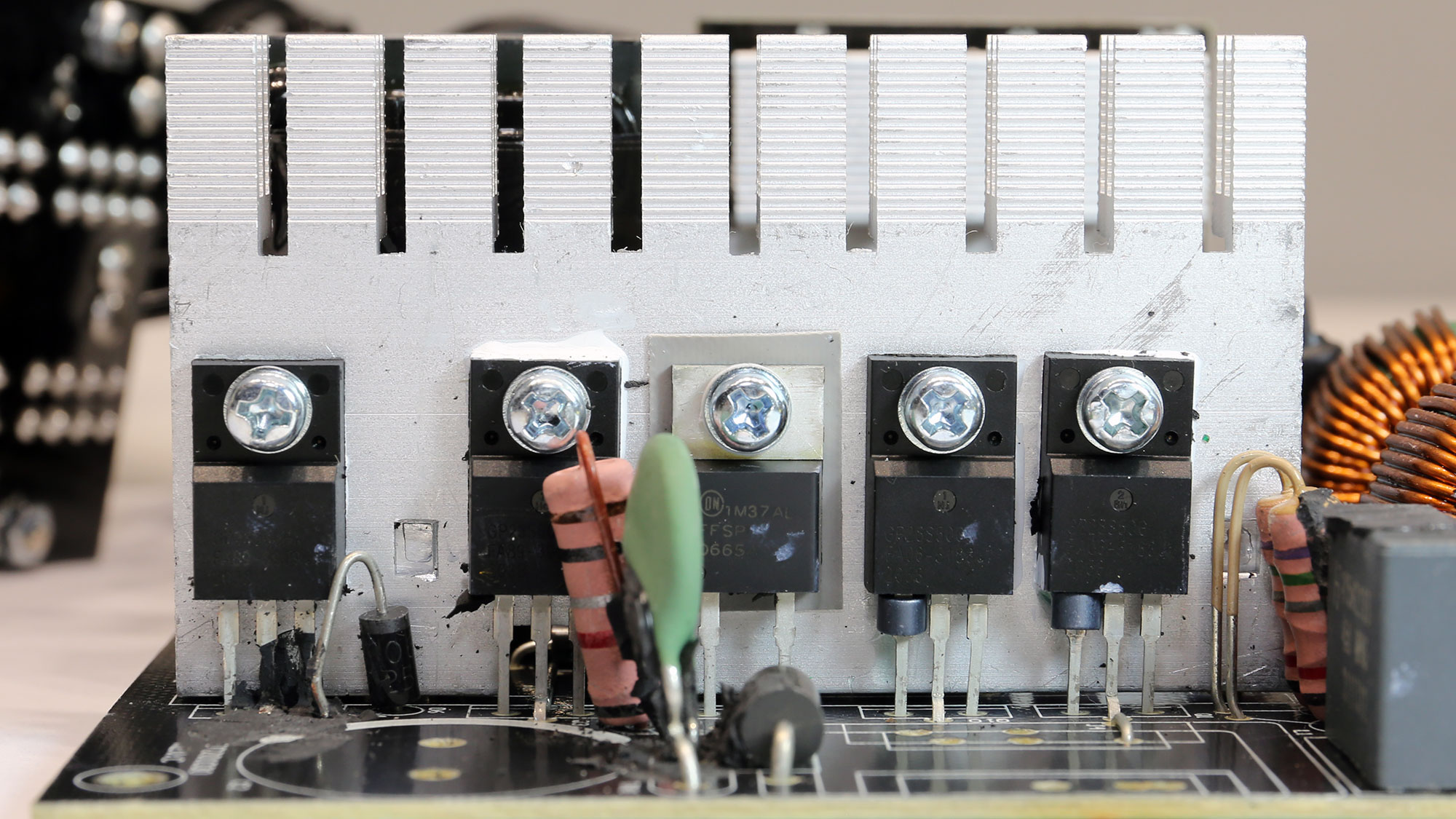
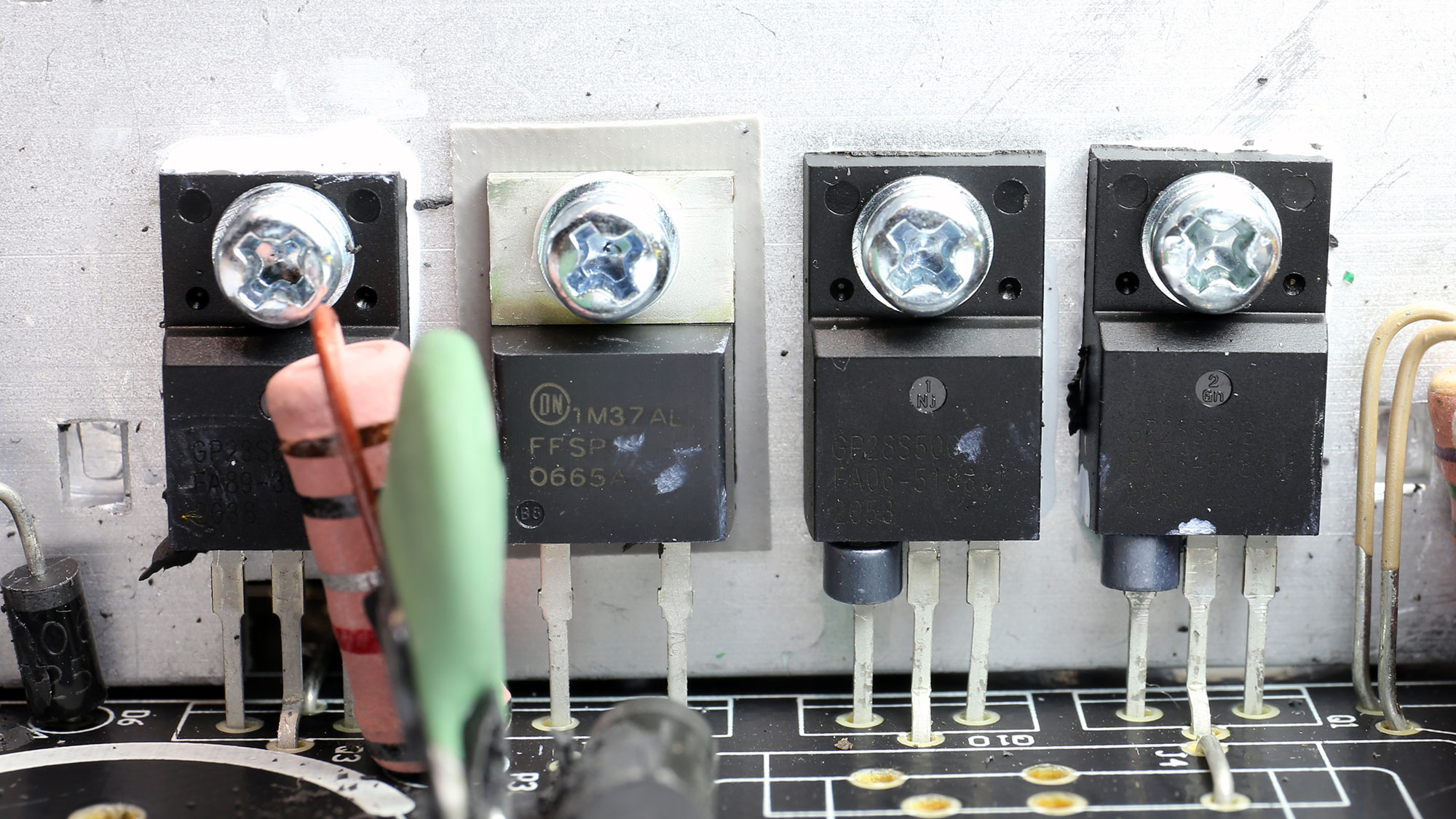
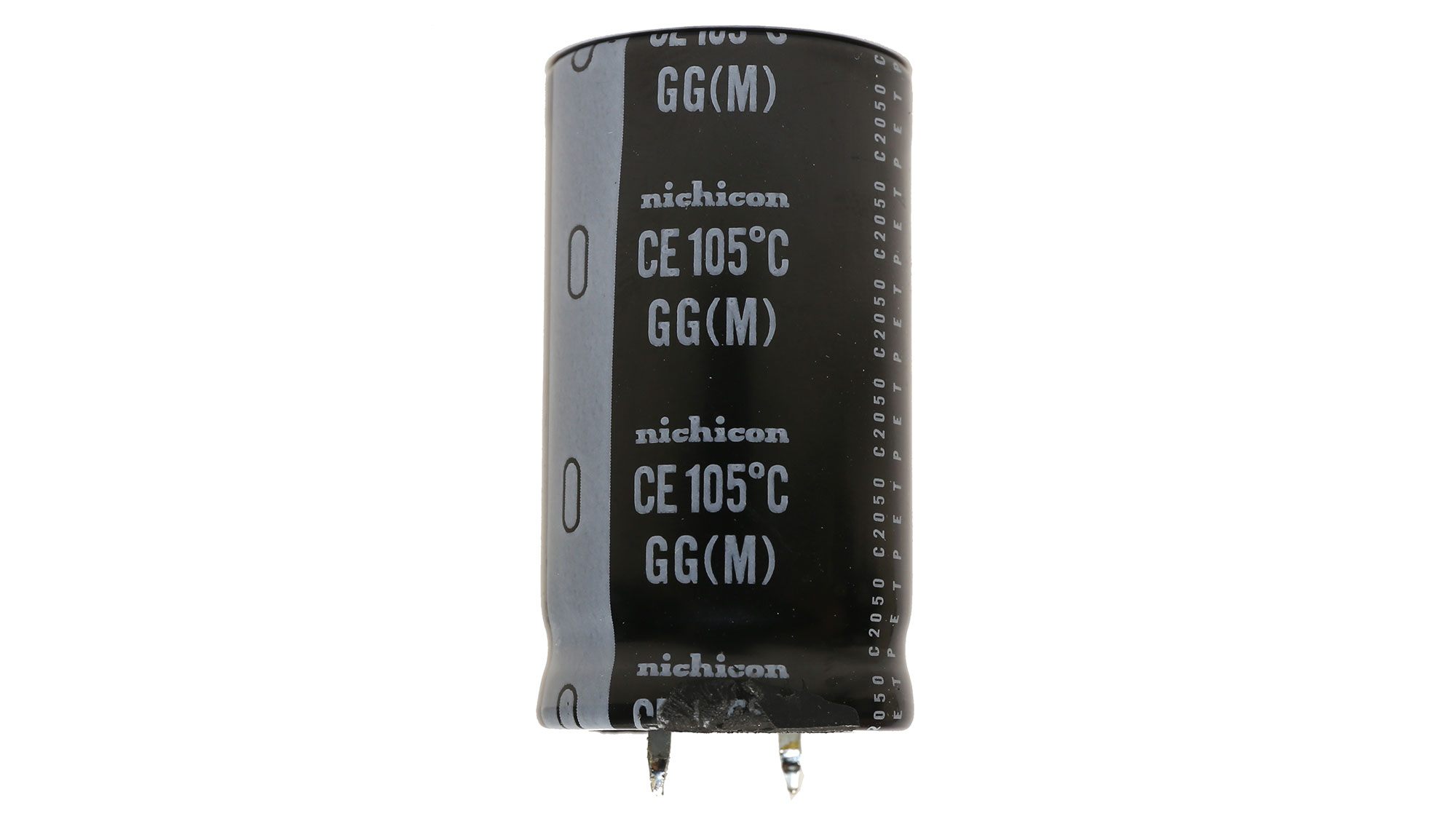
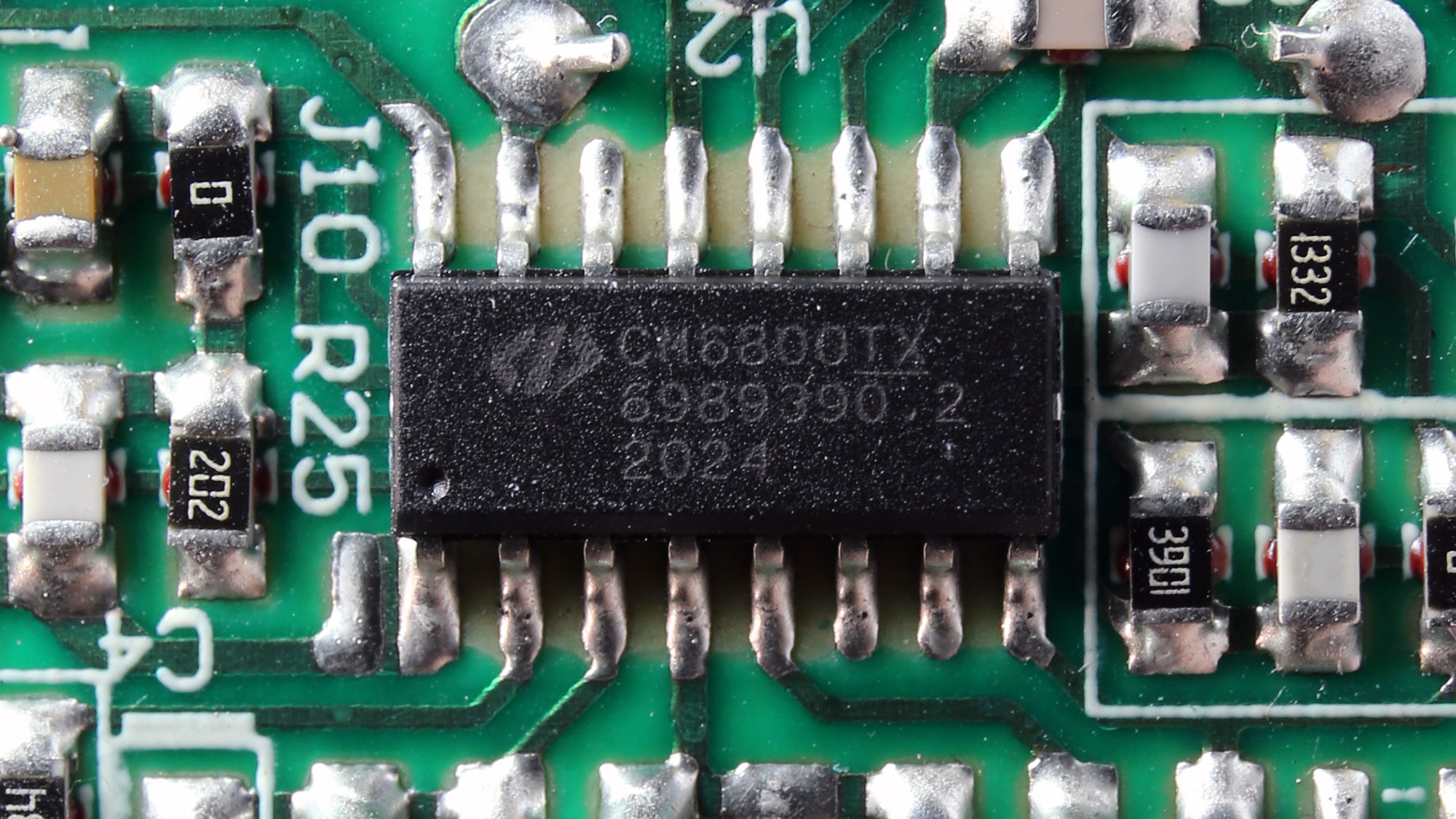
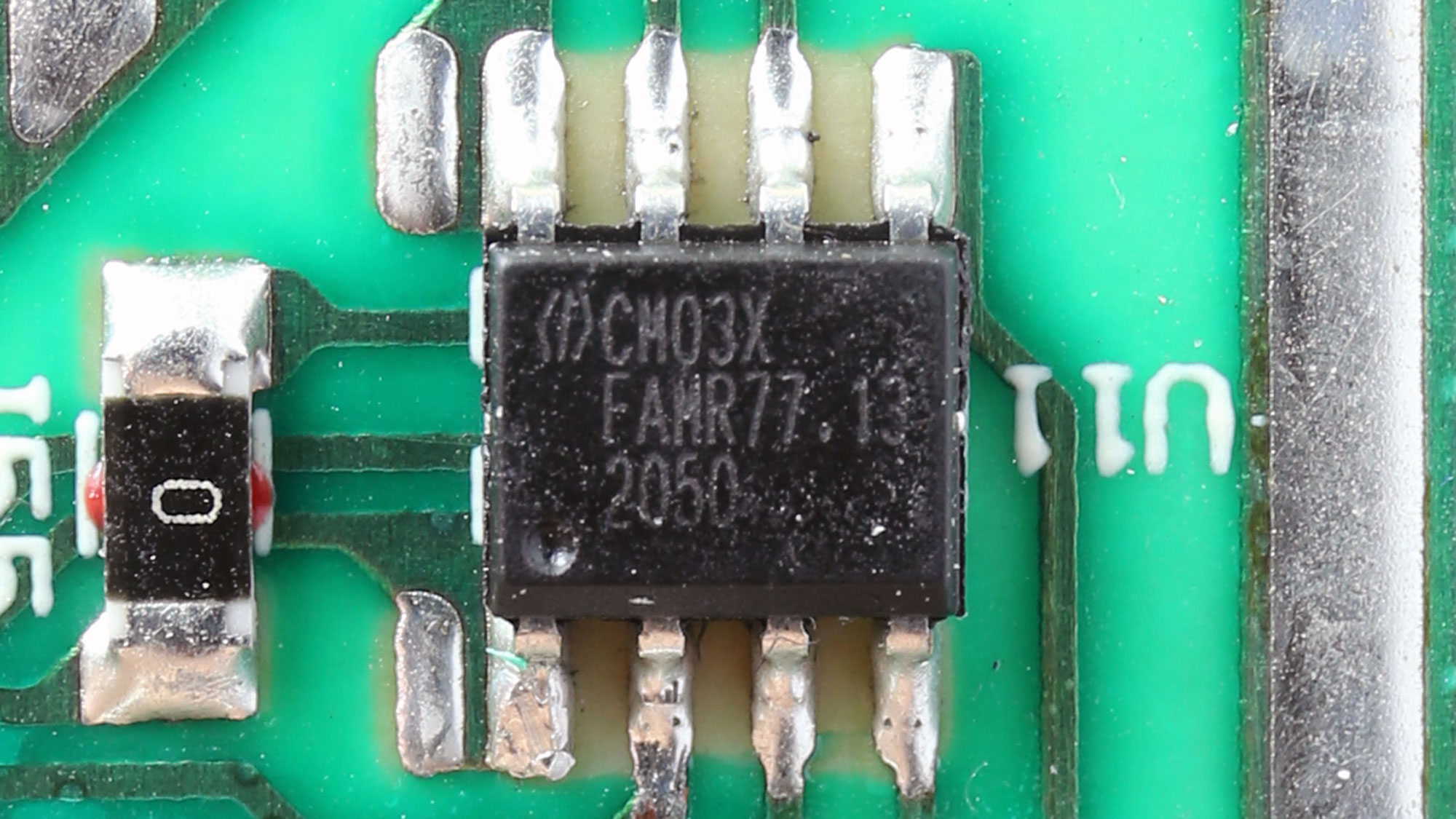
The APFC converter uses two Champion FETs and a single boost diode. The bulk cap is by Nichicon, and it doesn't have enough capacity, to offer a longer than 17ms hold-up time.
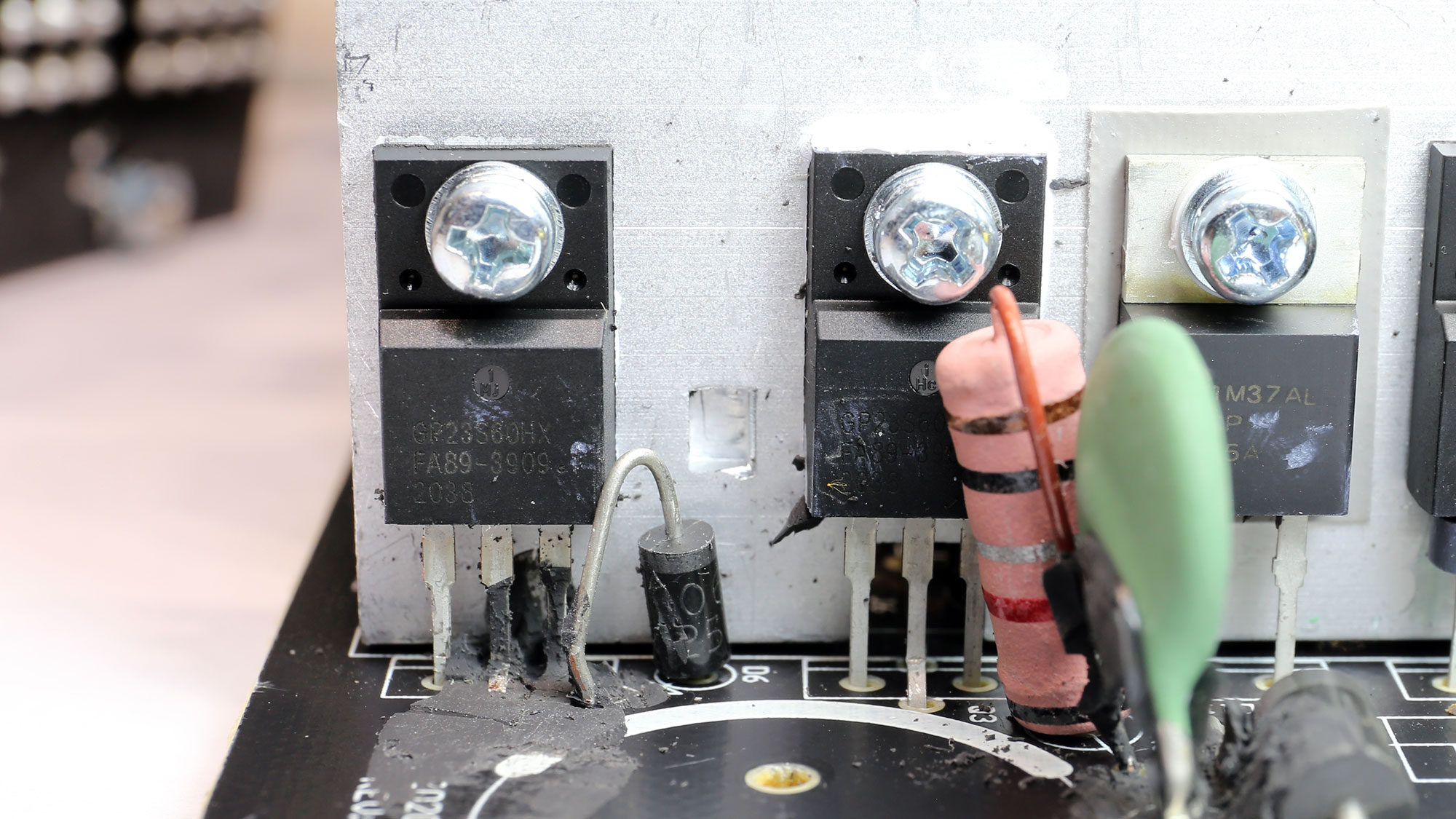
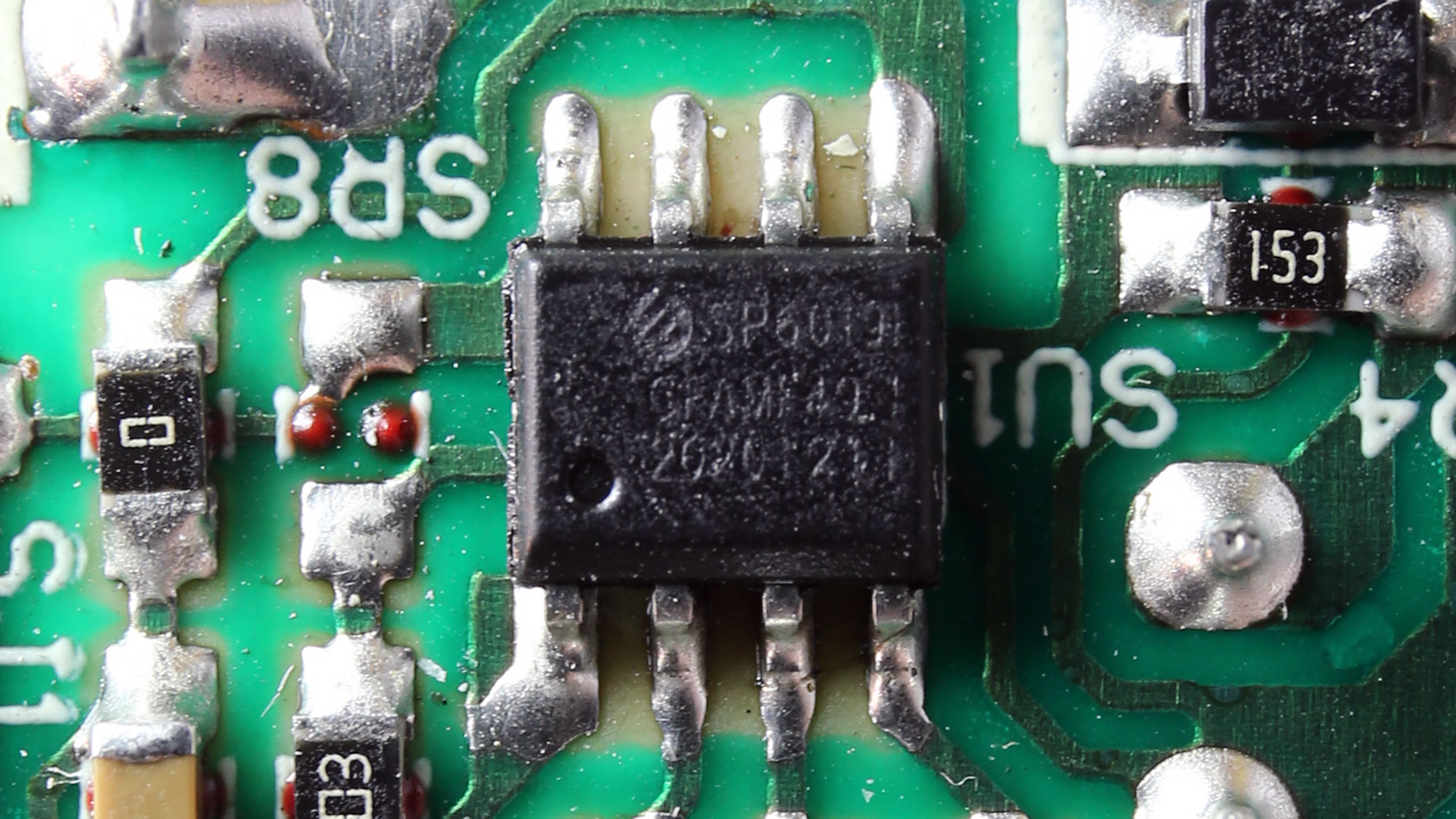
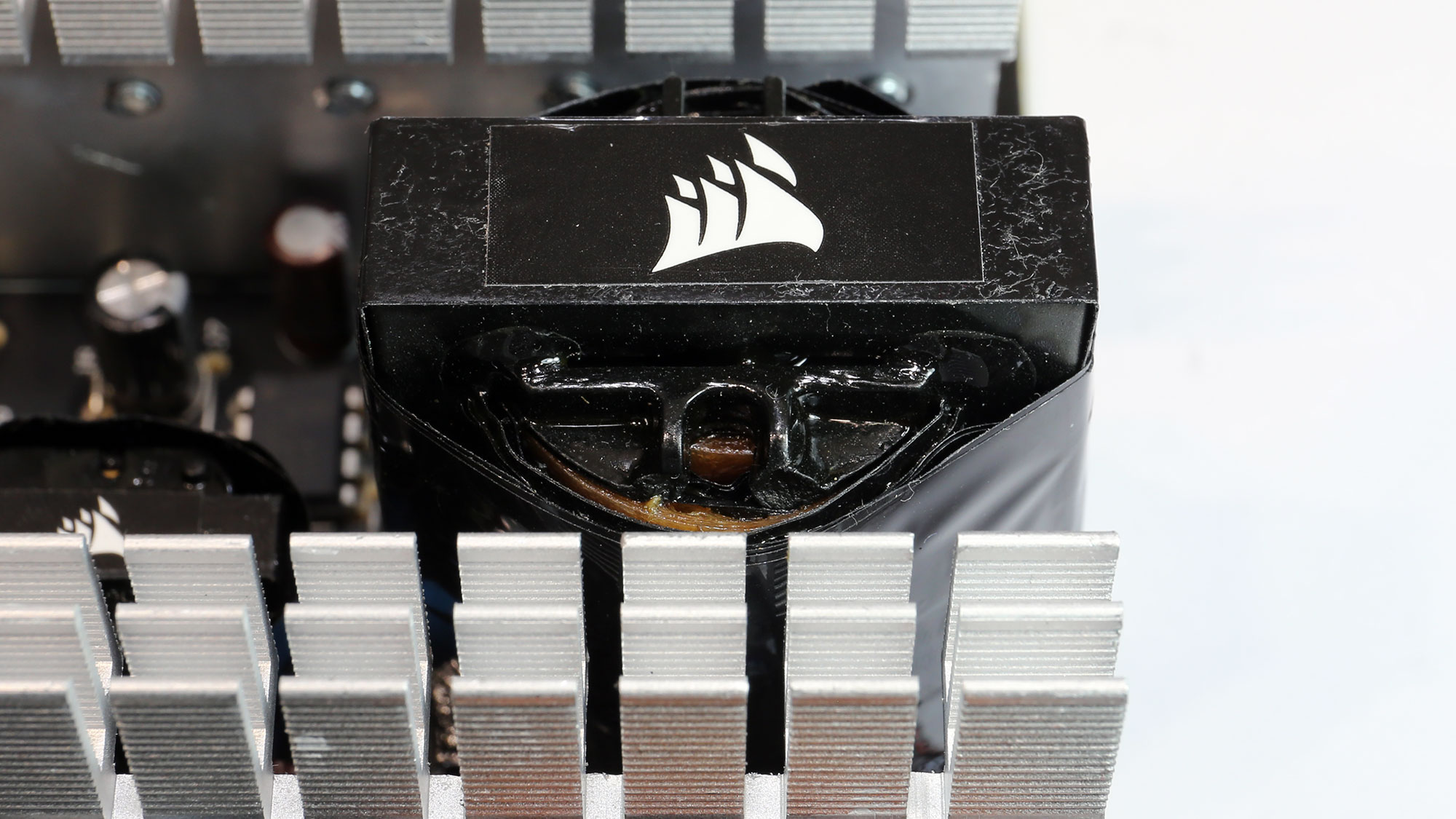
The main Champion FETs are installed into a double forward topology. The joint PFC/PWM controller is a Champion CM6800TX, which was highly popular several years ago. There is also an extra controller, a Champion CM03X, to lower vampire power.
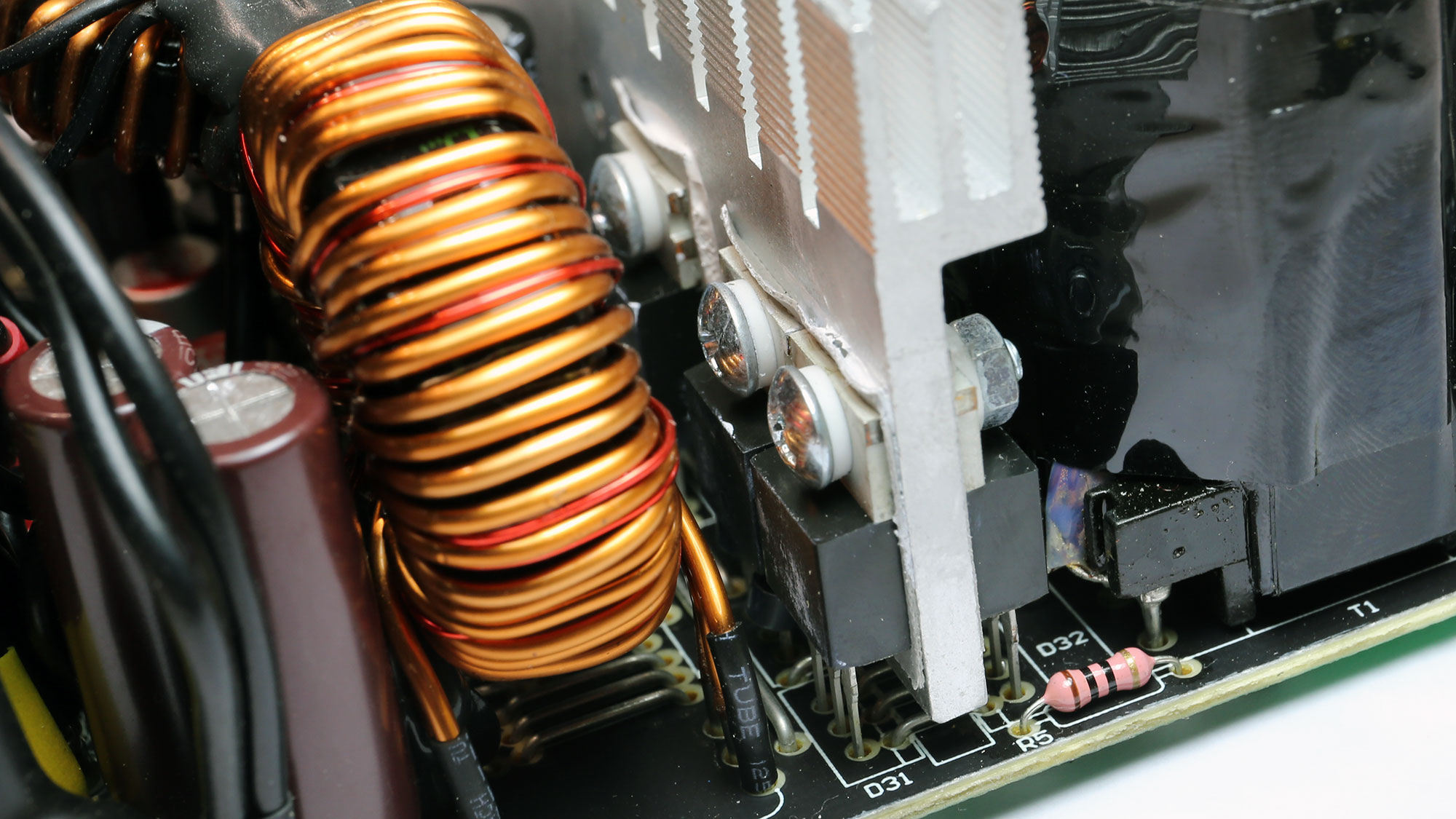
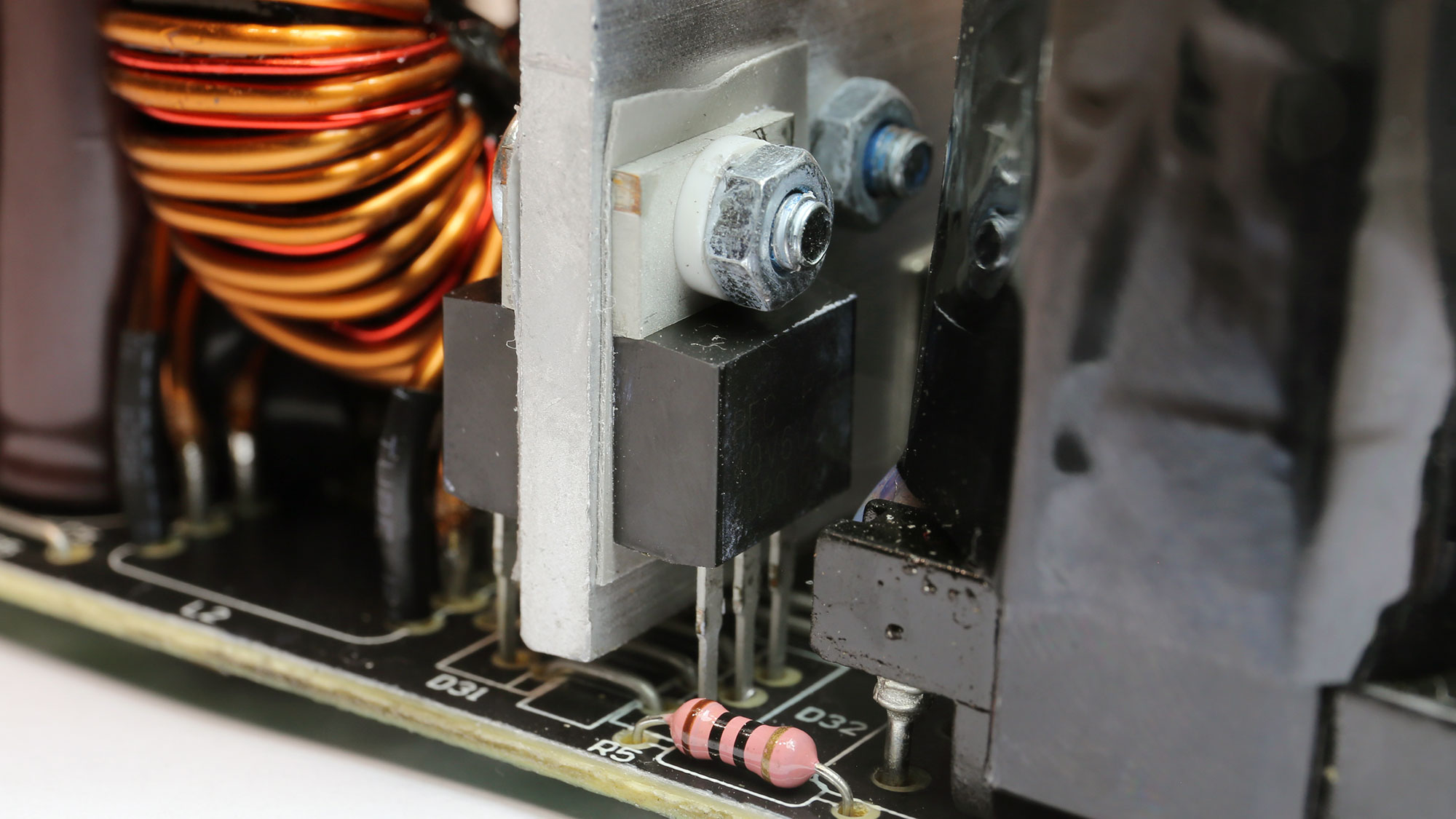
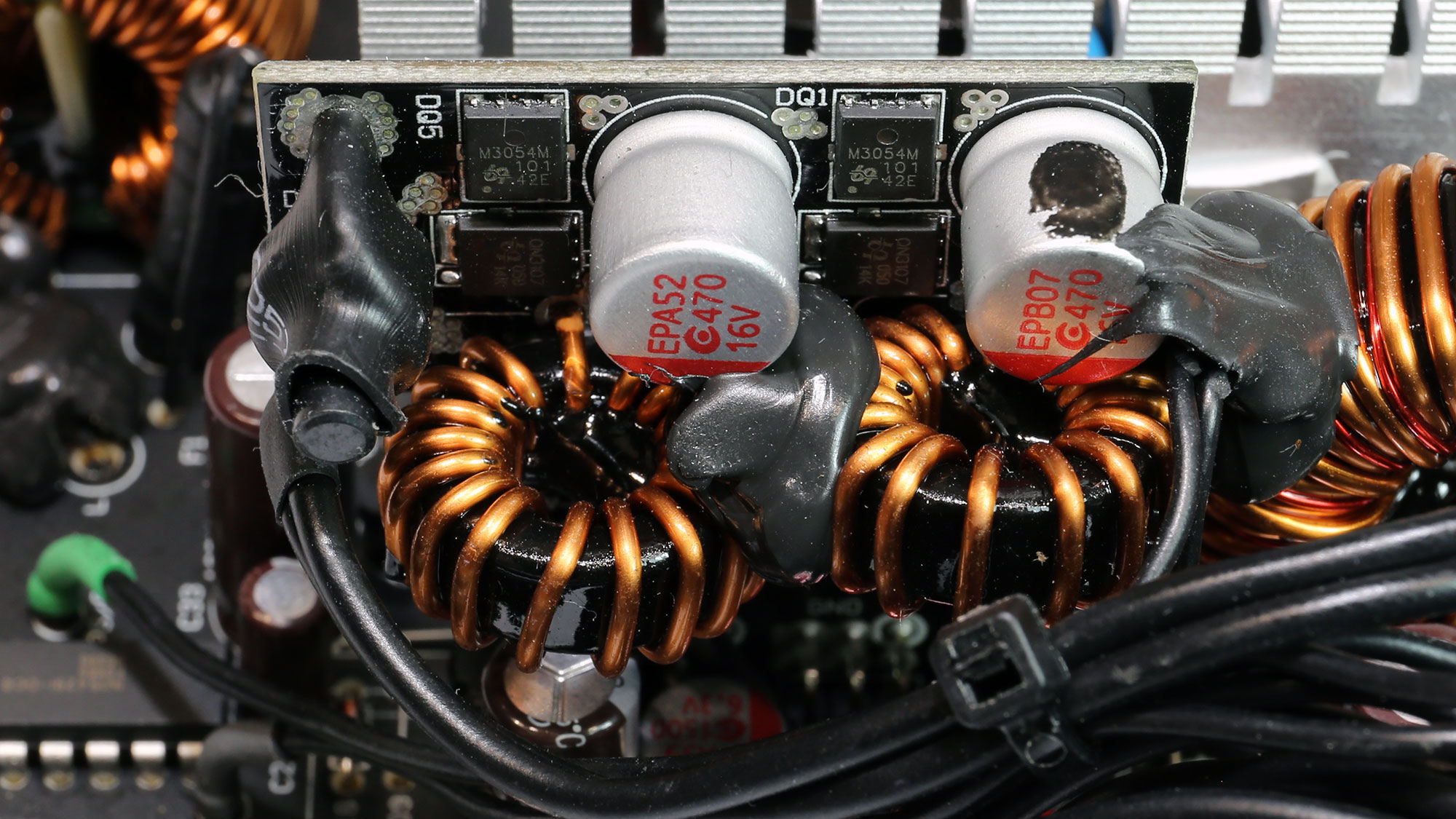
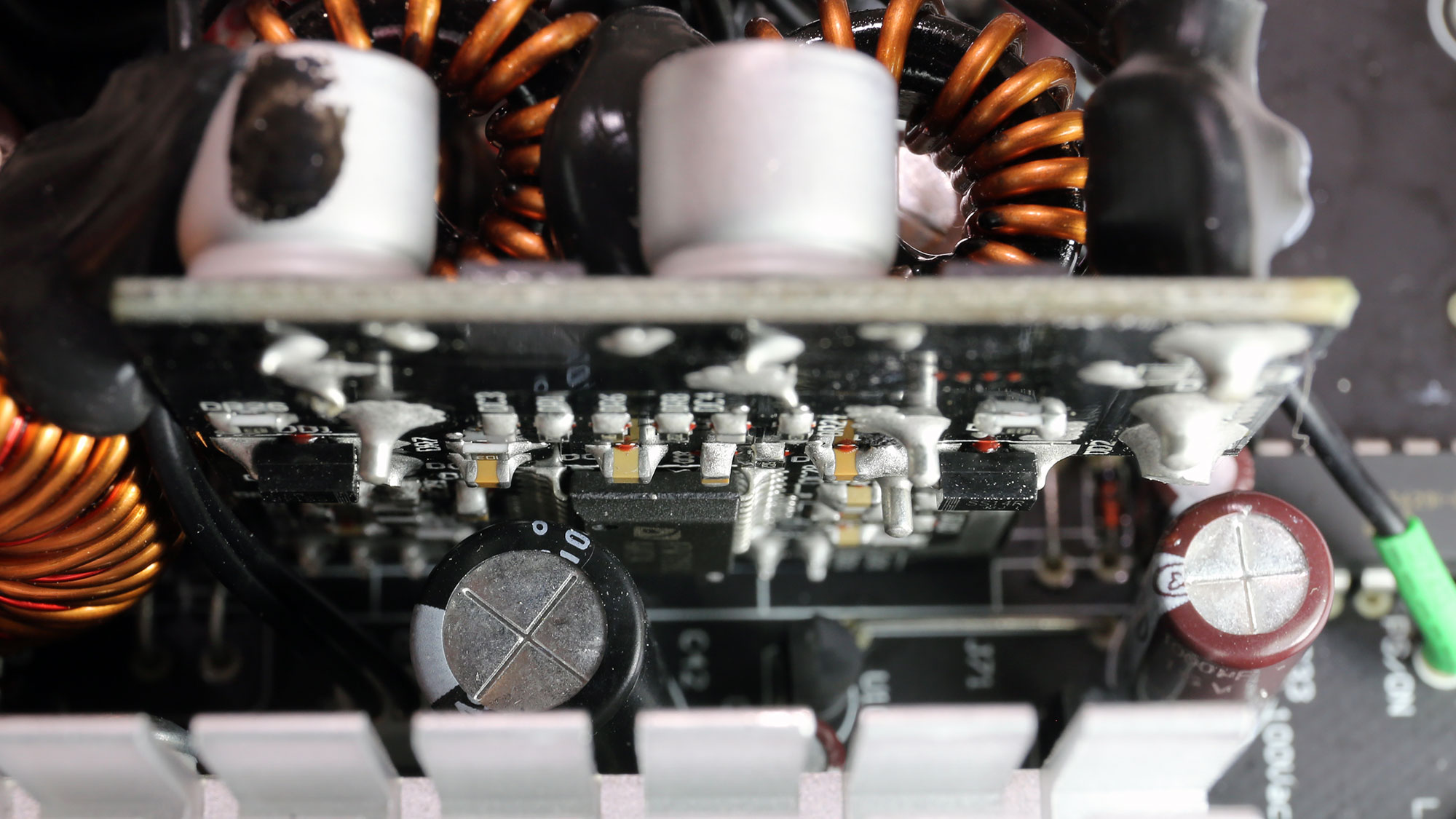
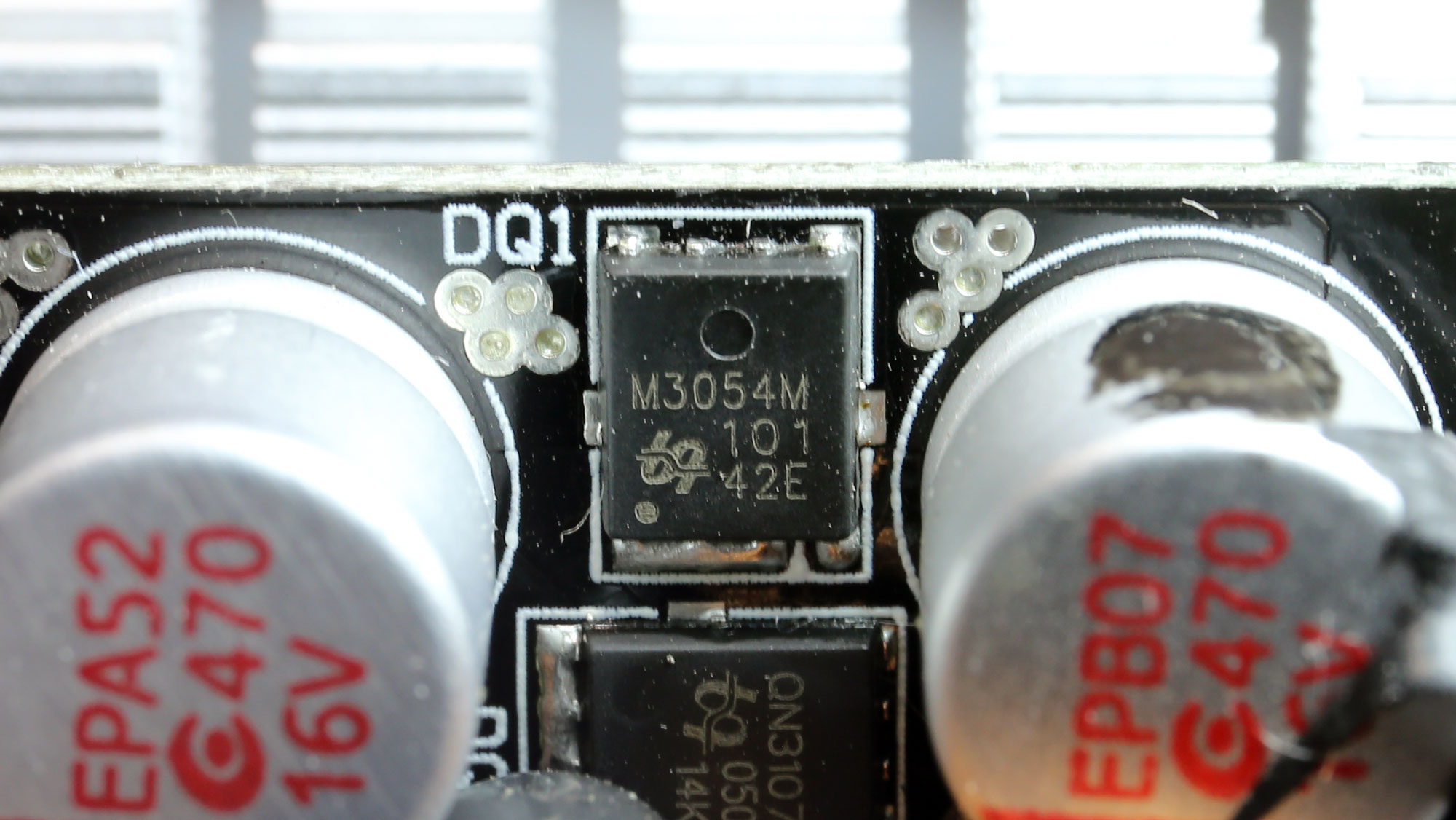
Two FETs and two SBRs regulate the 12V rail. This looks to be a semi-synchronous design. The minor rails use two DC-DC converters.
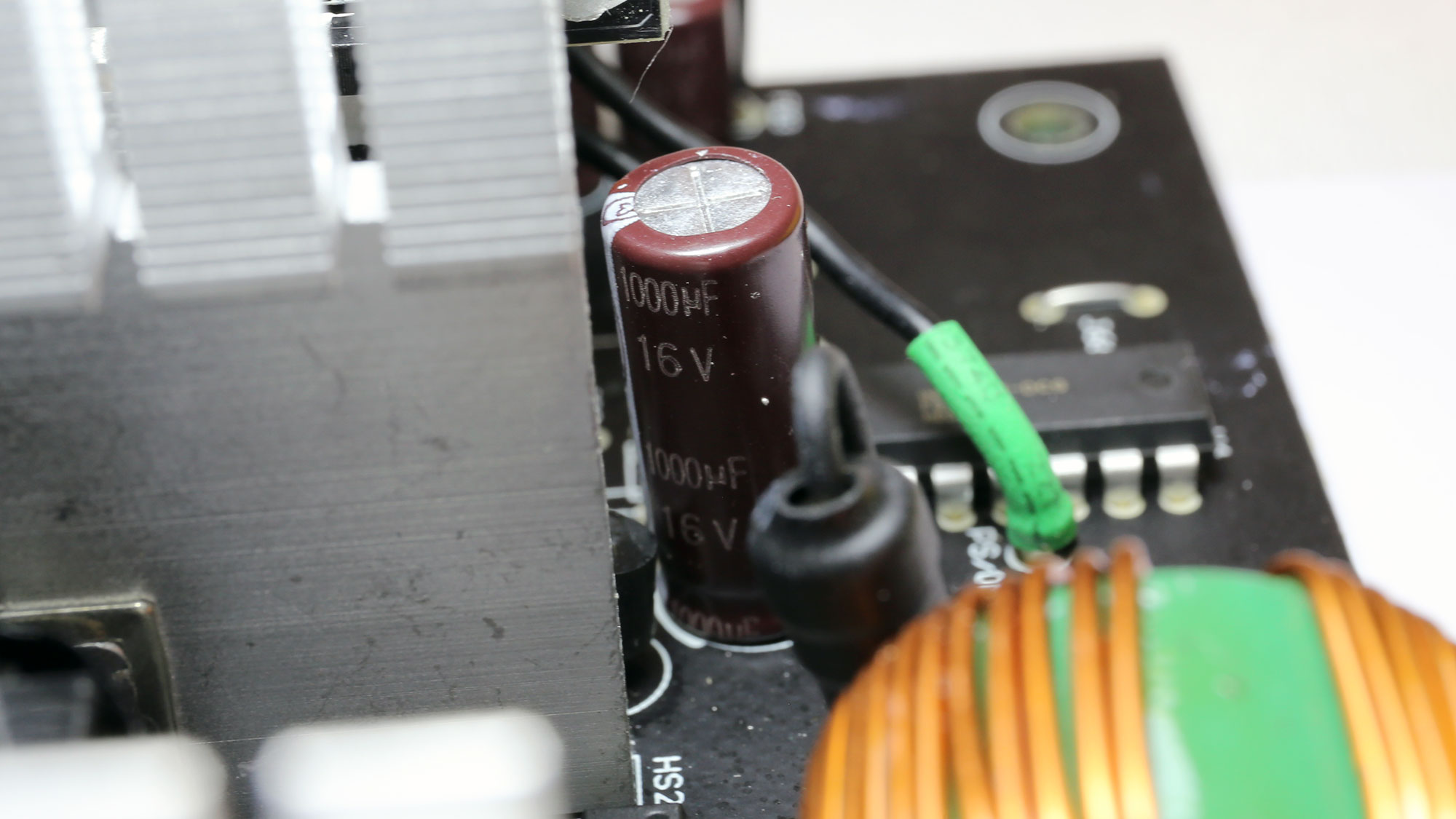
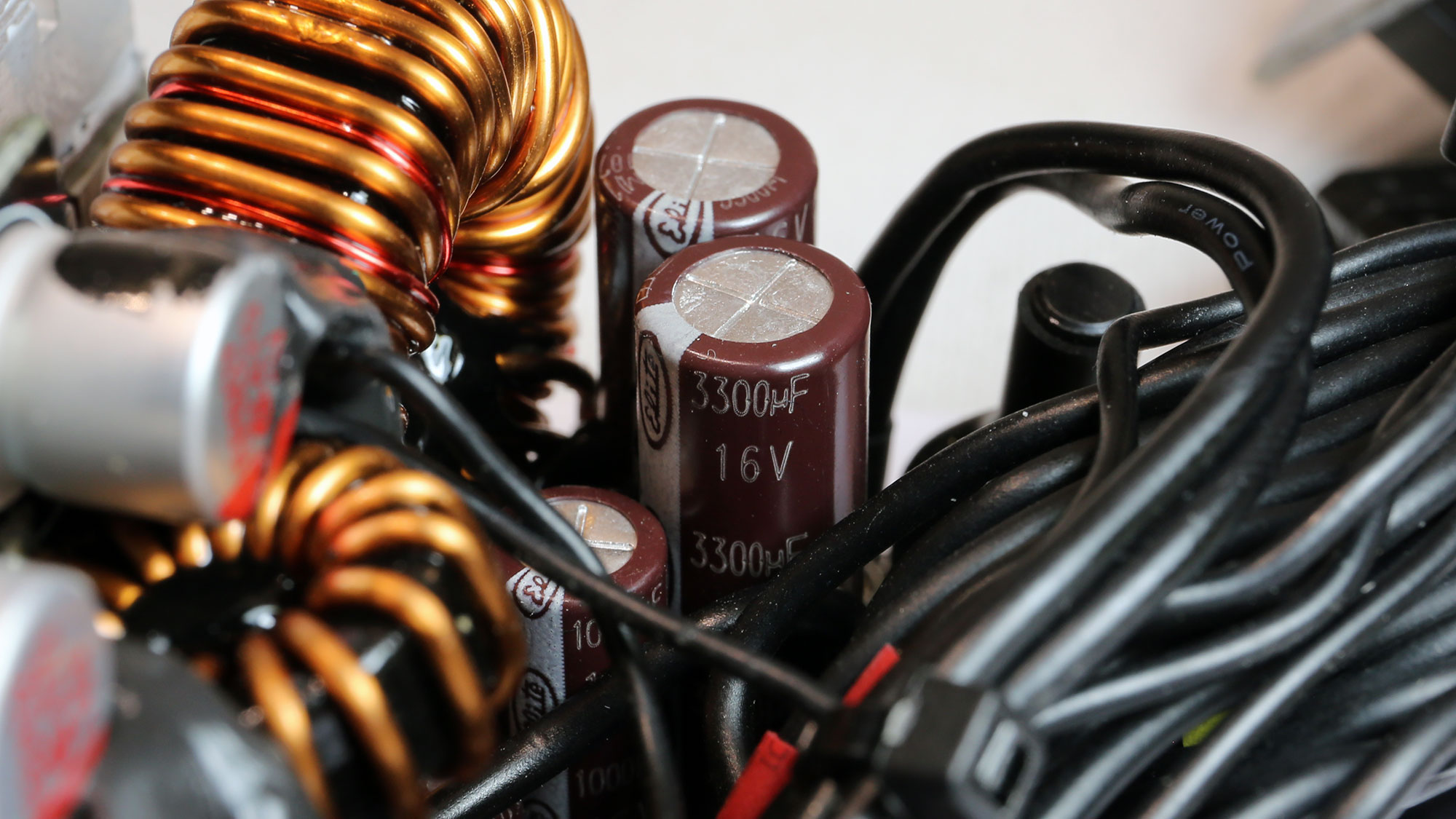
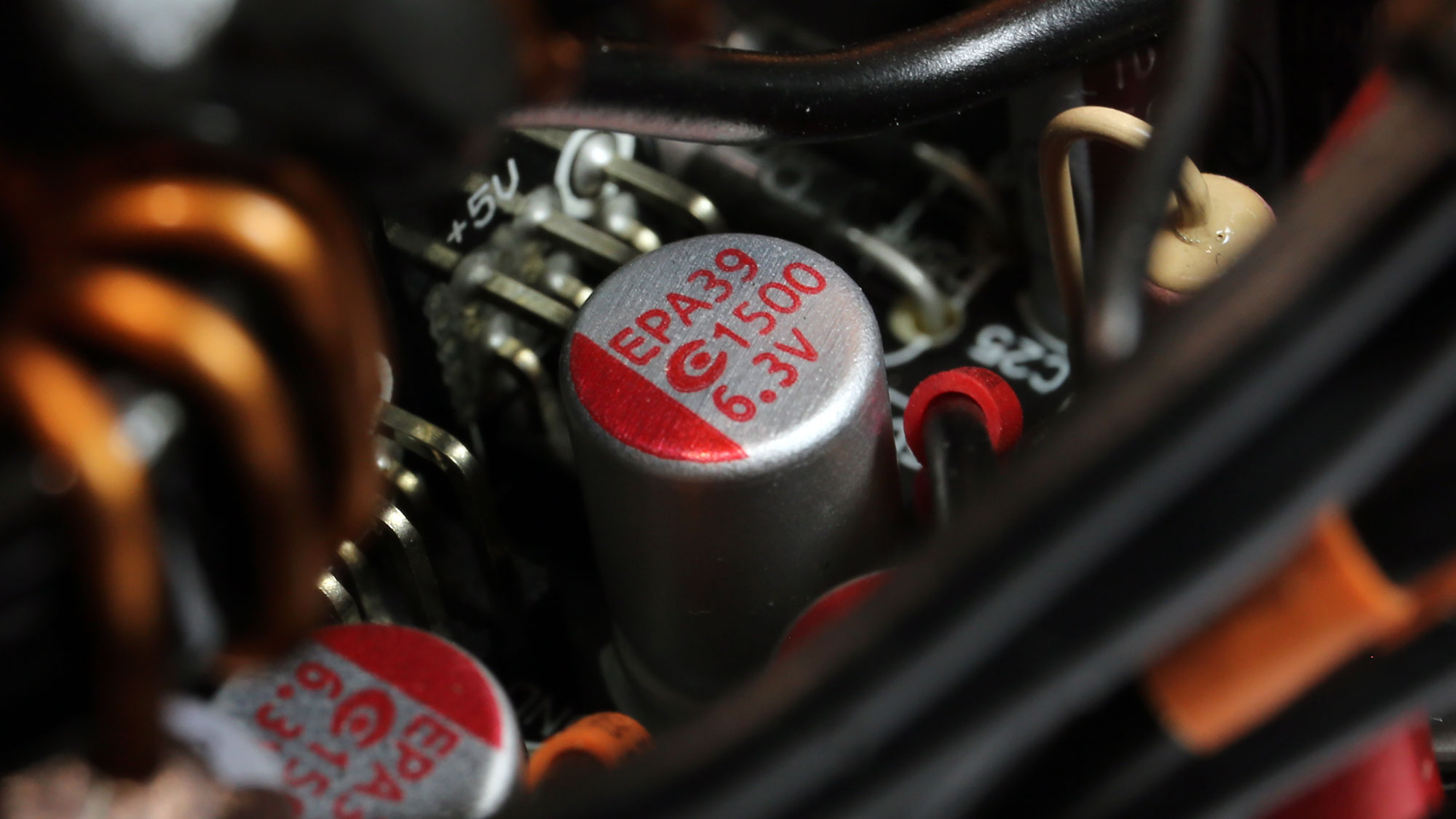
The filtering caps are by Elite, a very good alternative to Japanese manufacturers, Nichicon and Chemi-Con. There are also nine APAQ polymer caps.

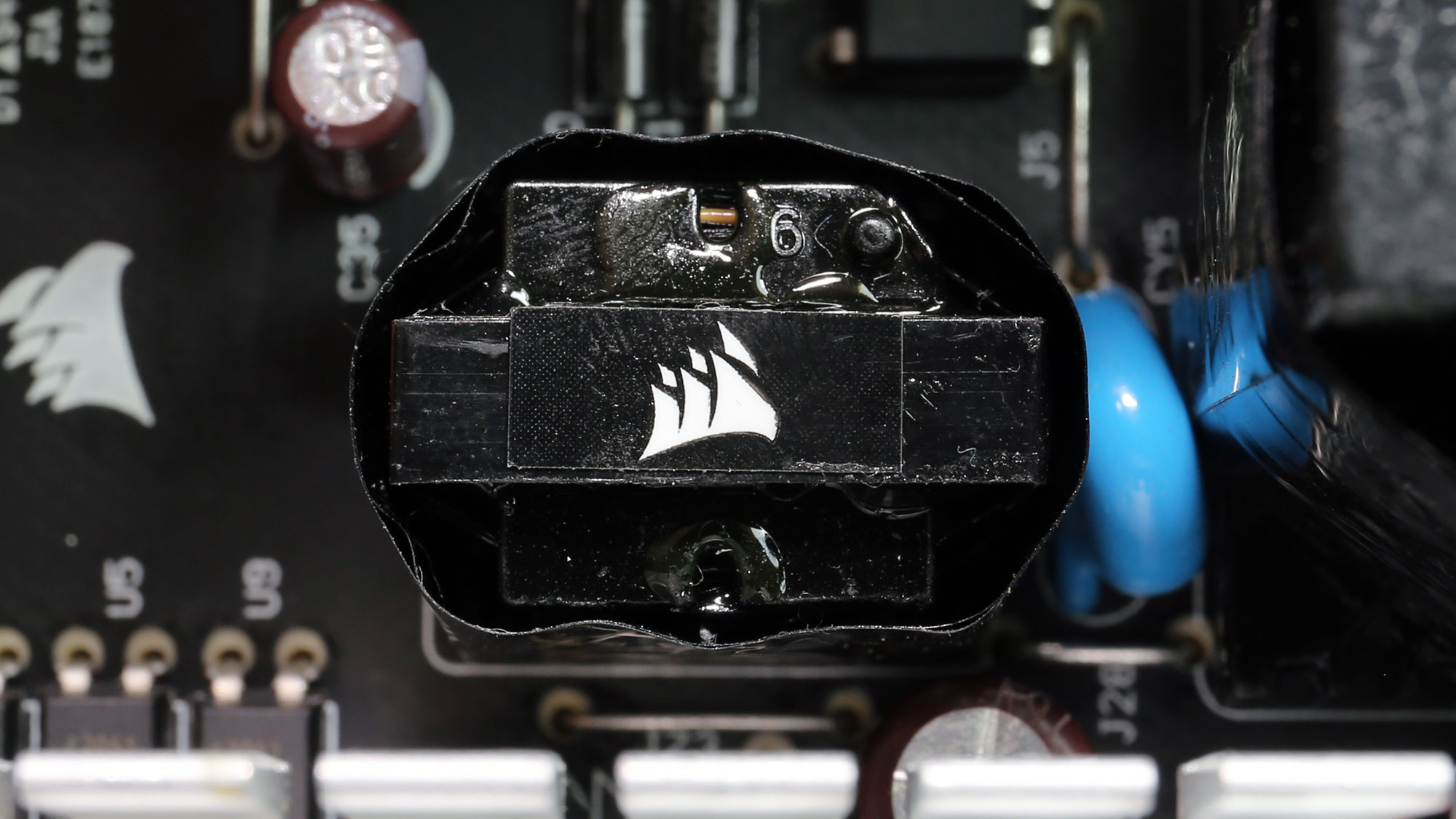
The standby PWM controller is a TNY290PG.
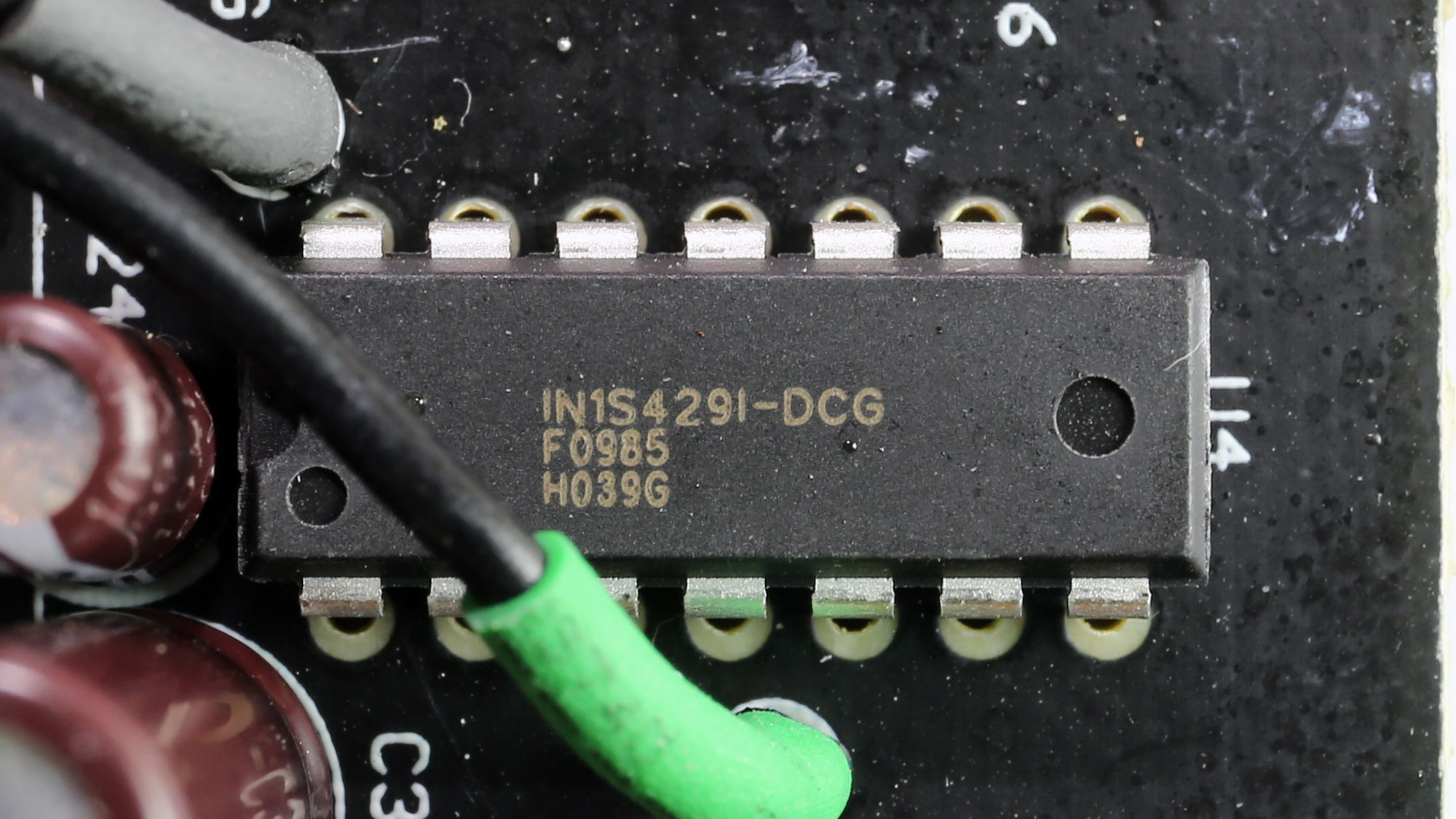
The main supervisor IC is an INI1S429I - DCG.
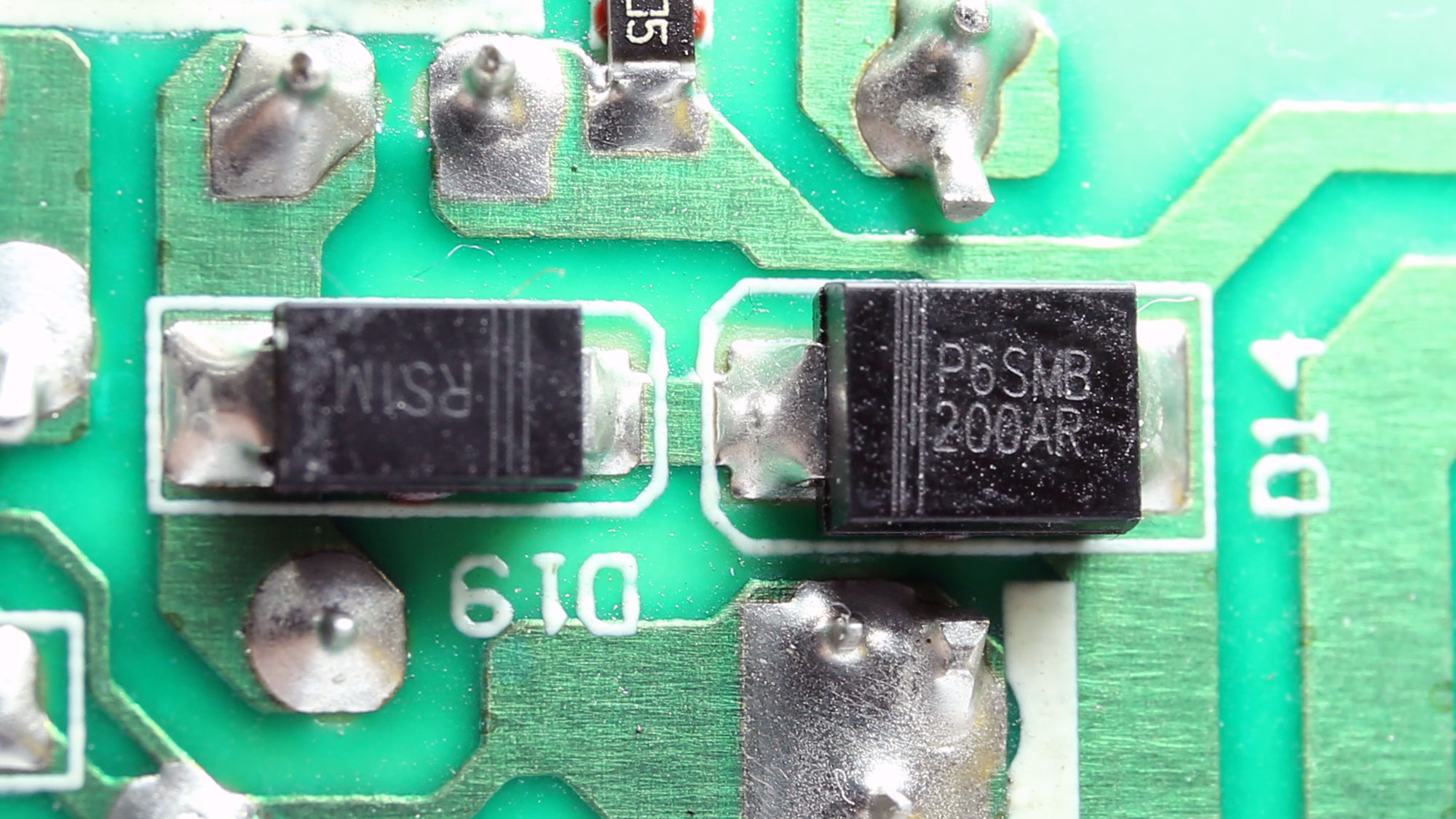
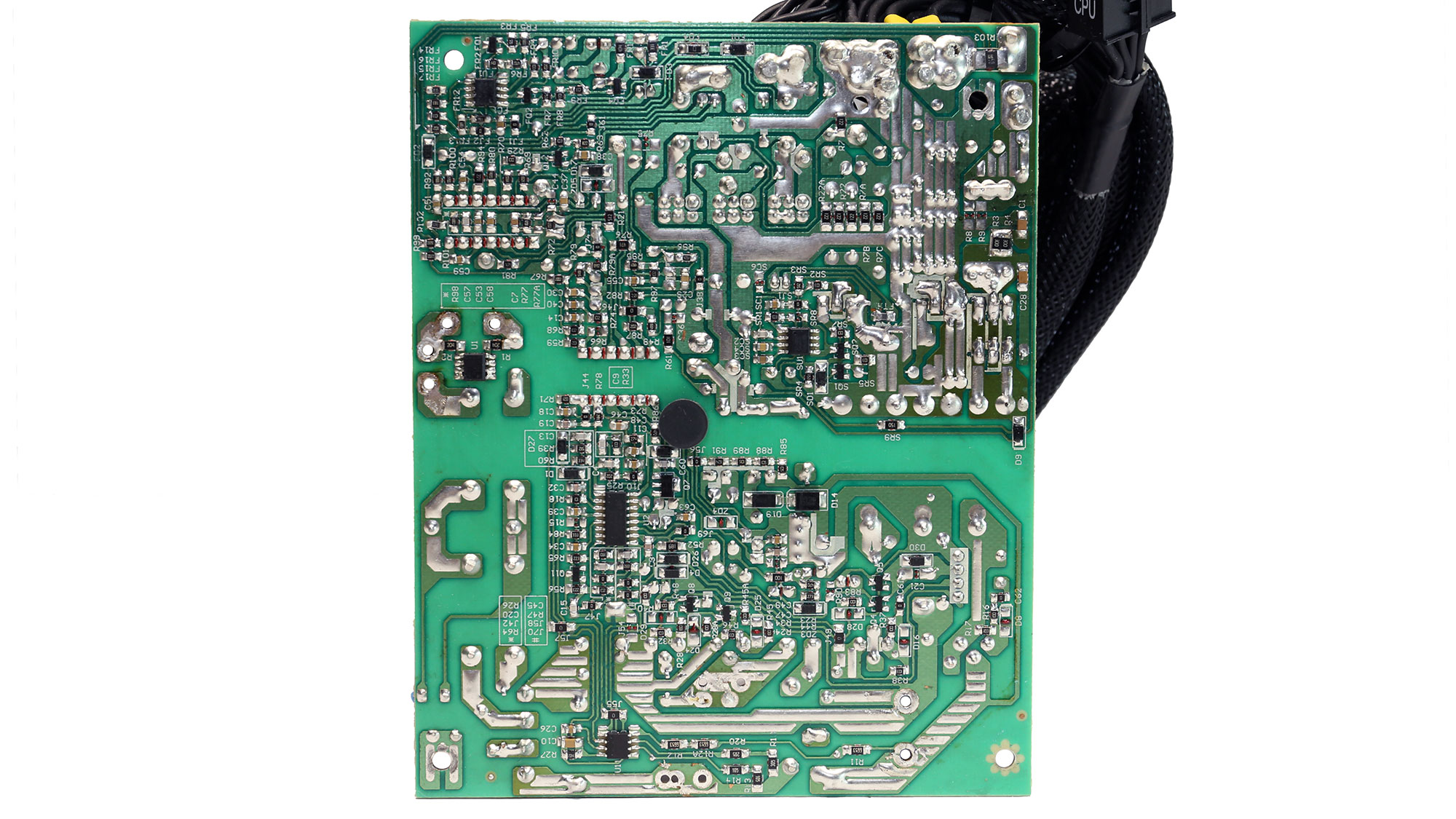

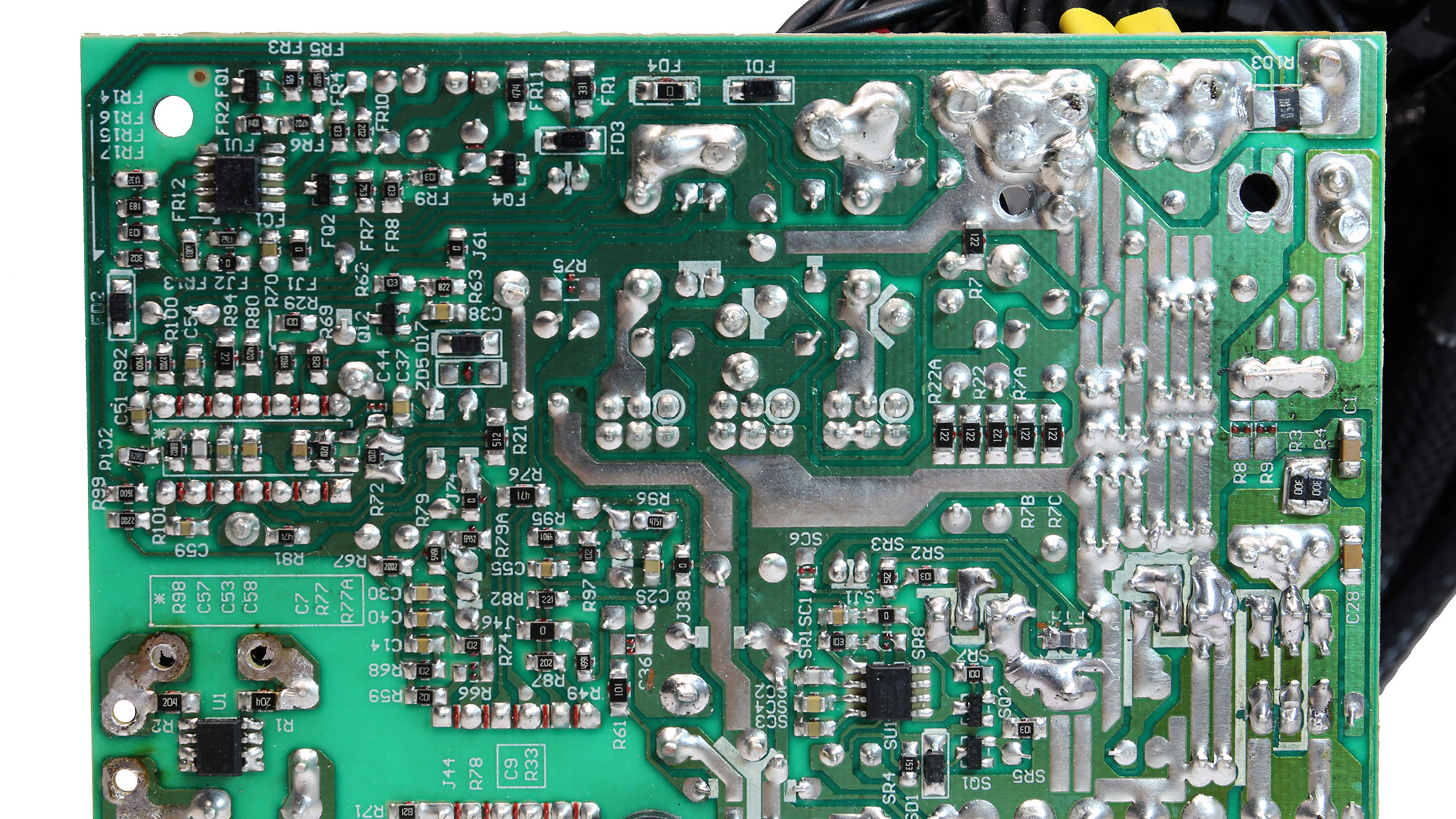
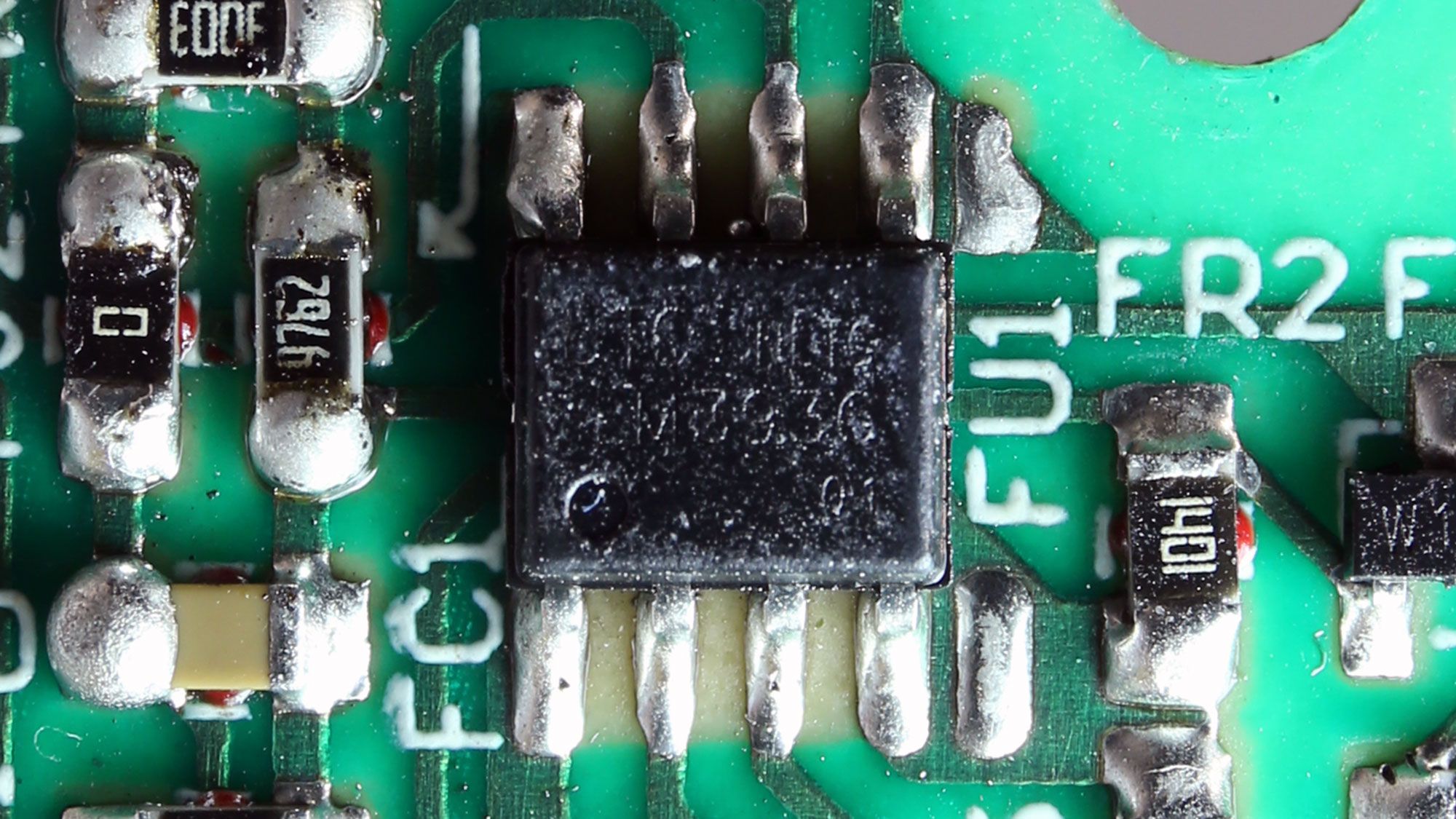
Soldering quality is decent.
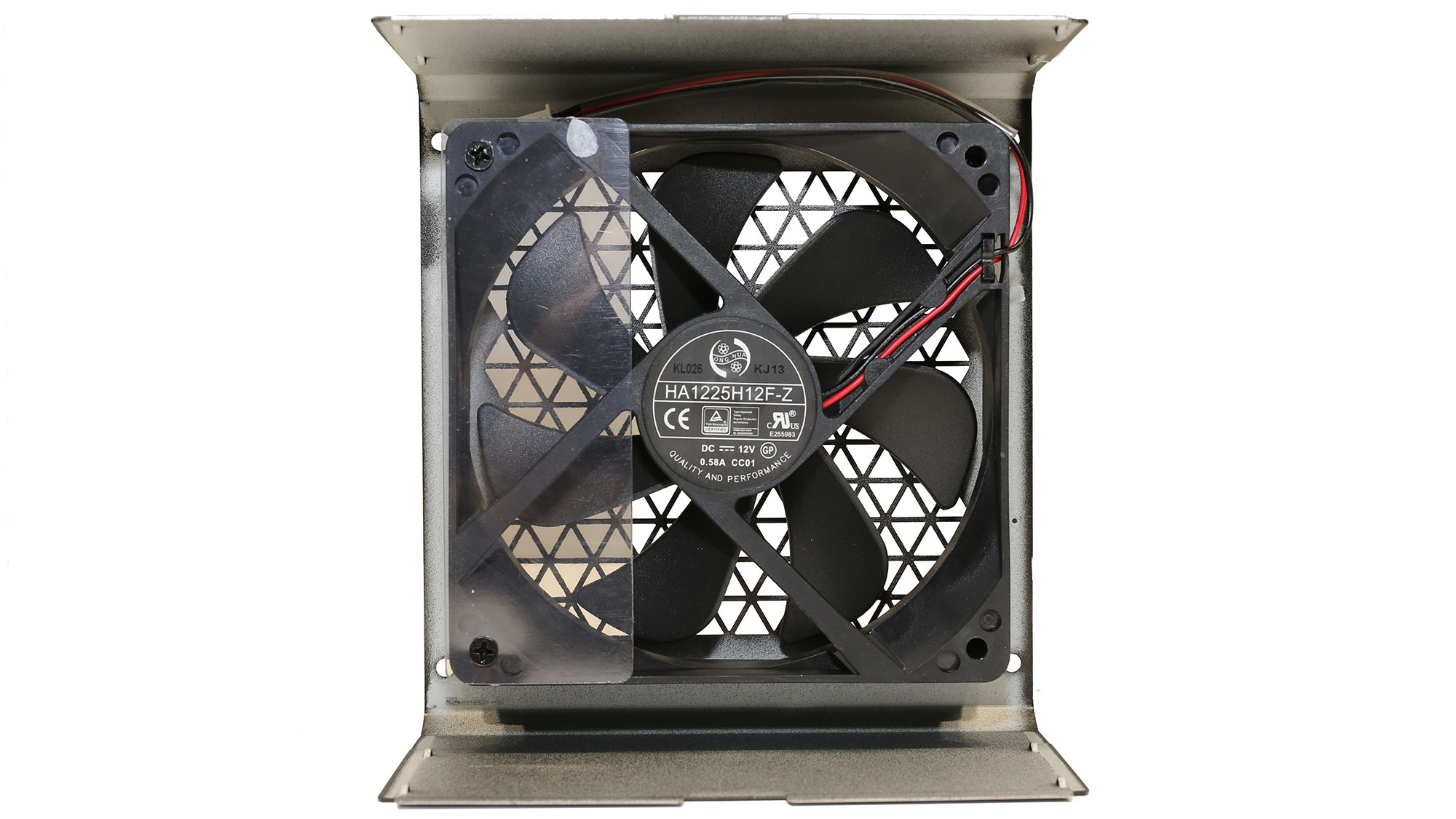

Hong Hua made a good name in the PSU market, so it is good to see the CX750M using a rifle bearing fan from this brand.
MORE: Best Power Supplies
MORE: How We Test Power Supplies
MORE: All Power Supply Content
Current page: Specifications and Part Analysis
Next Page Load Regulation, Hold-Up Time, Inrush & Leakage Current, Efficiency and Noise
Aris Mpitziopoulos is a contributing editor at Tom's Hardware, covering PSUs.
-
Co BIY Another great review!Reply
Why do you prefer a full modular cable set up to this semi-modular ? At this price point I think semi-modular is "best". One less failure point and greater efficiency. I don't think custom cabling is a consideration for this range. I think Semi-modular should be considered best practice outside of Vanity/RGB/Bling focused lines.
For appearance sake I do think the exit point of a semi-modular "main cable" of could be made to visually match the other cables without giving up the advantages.